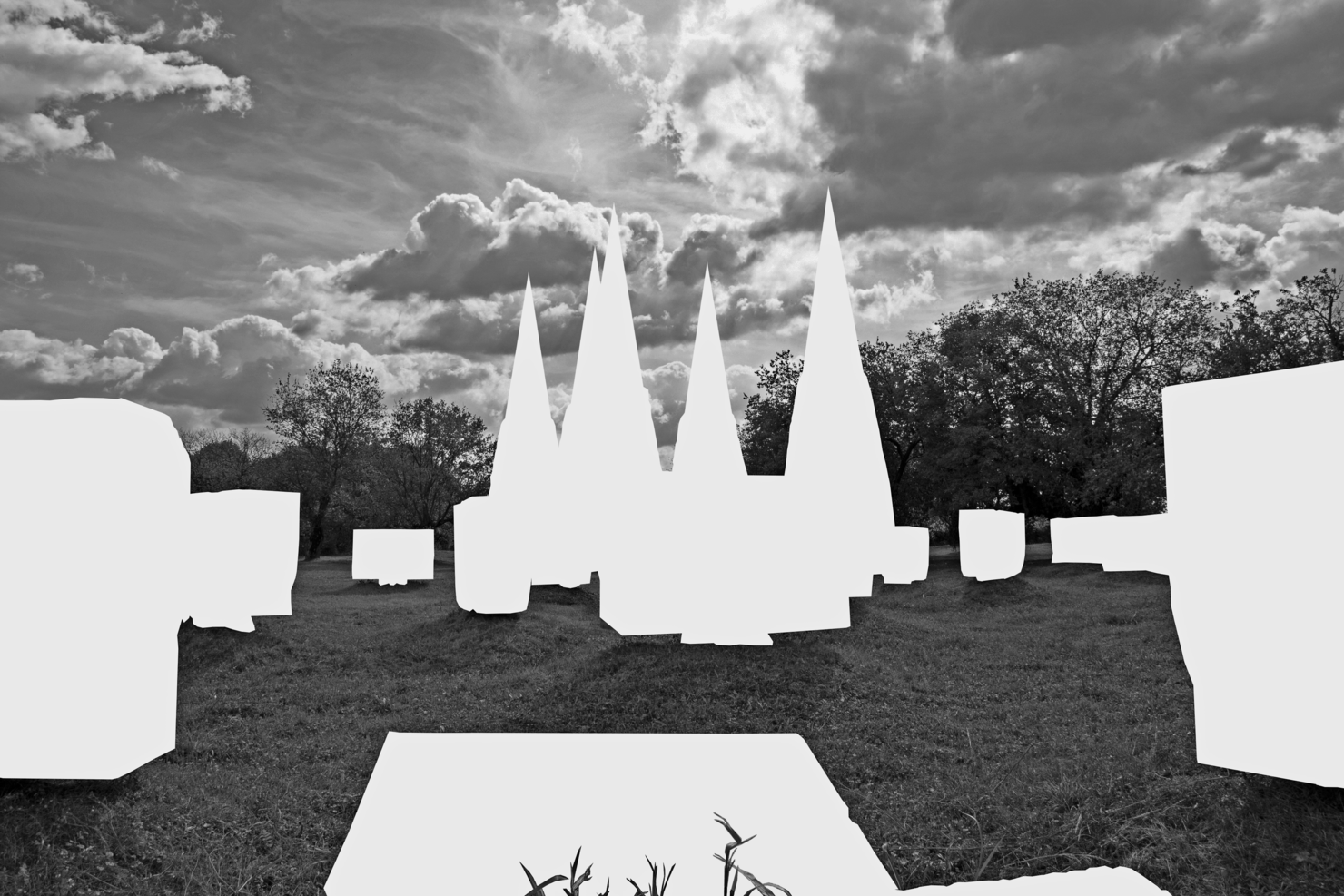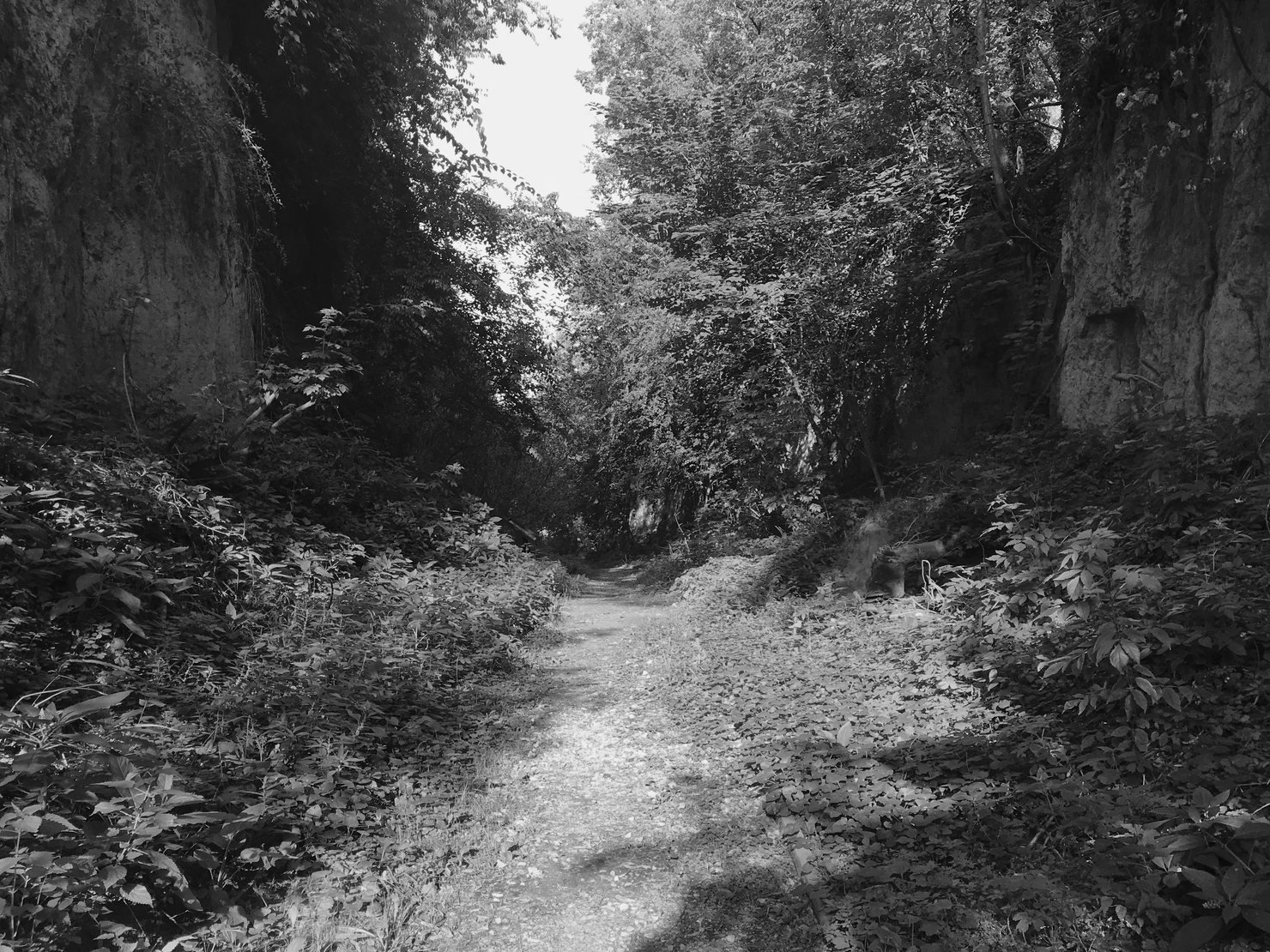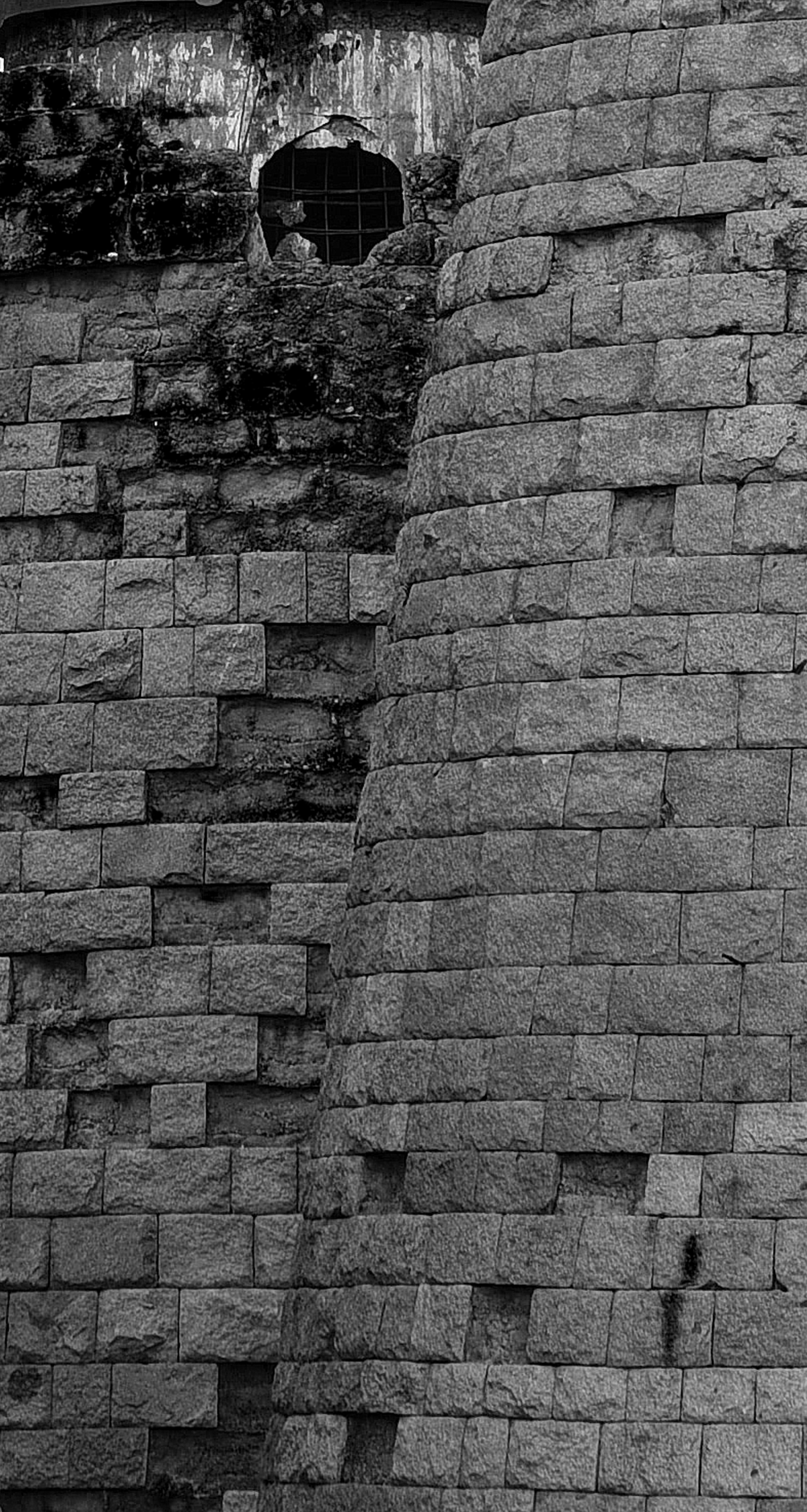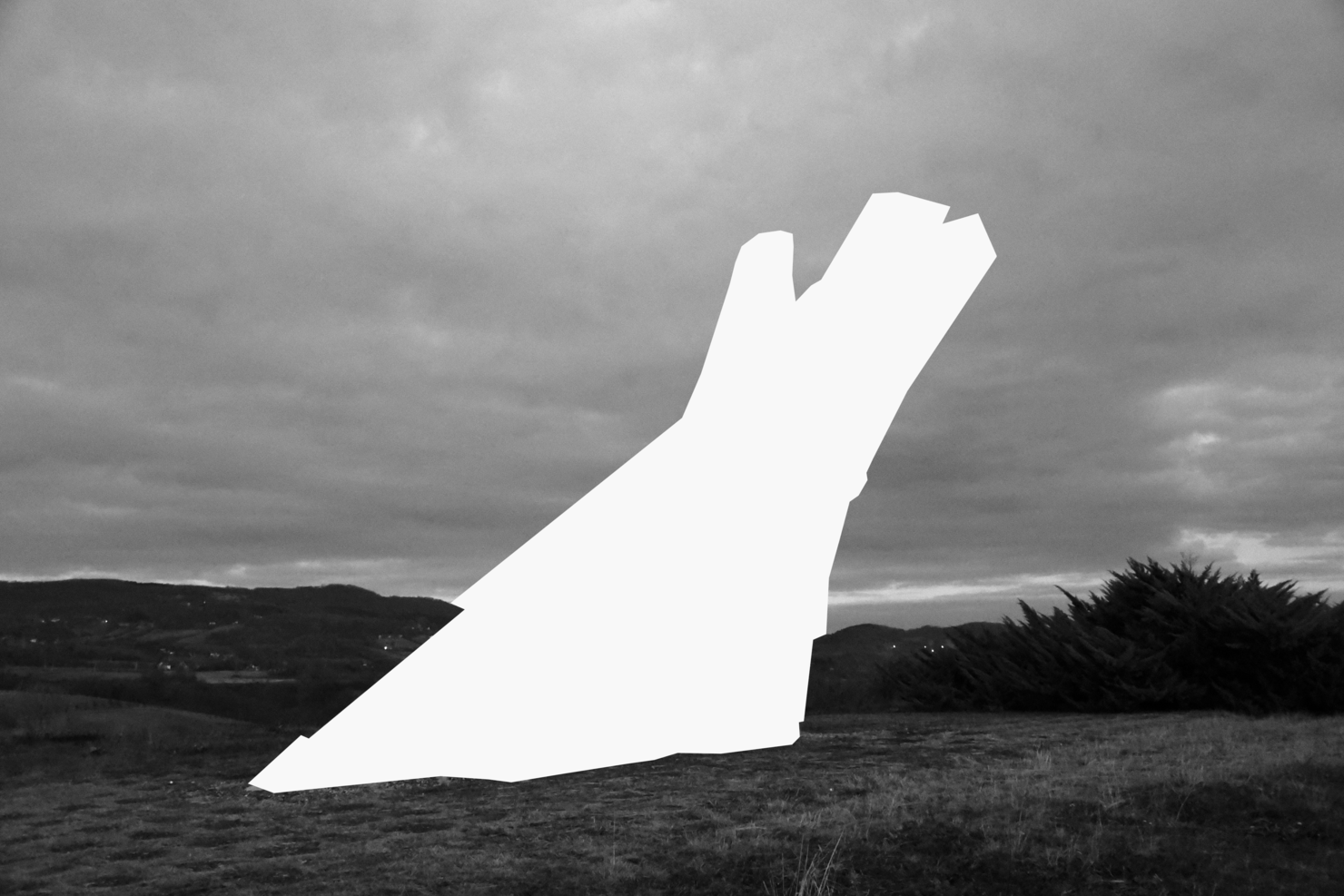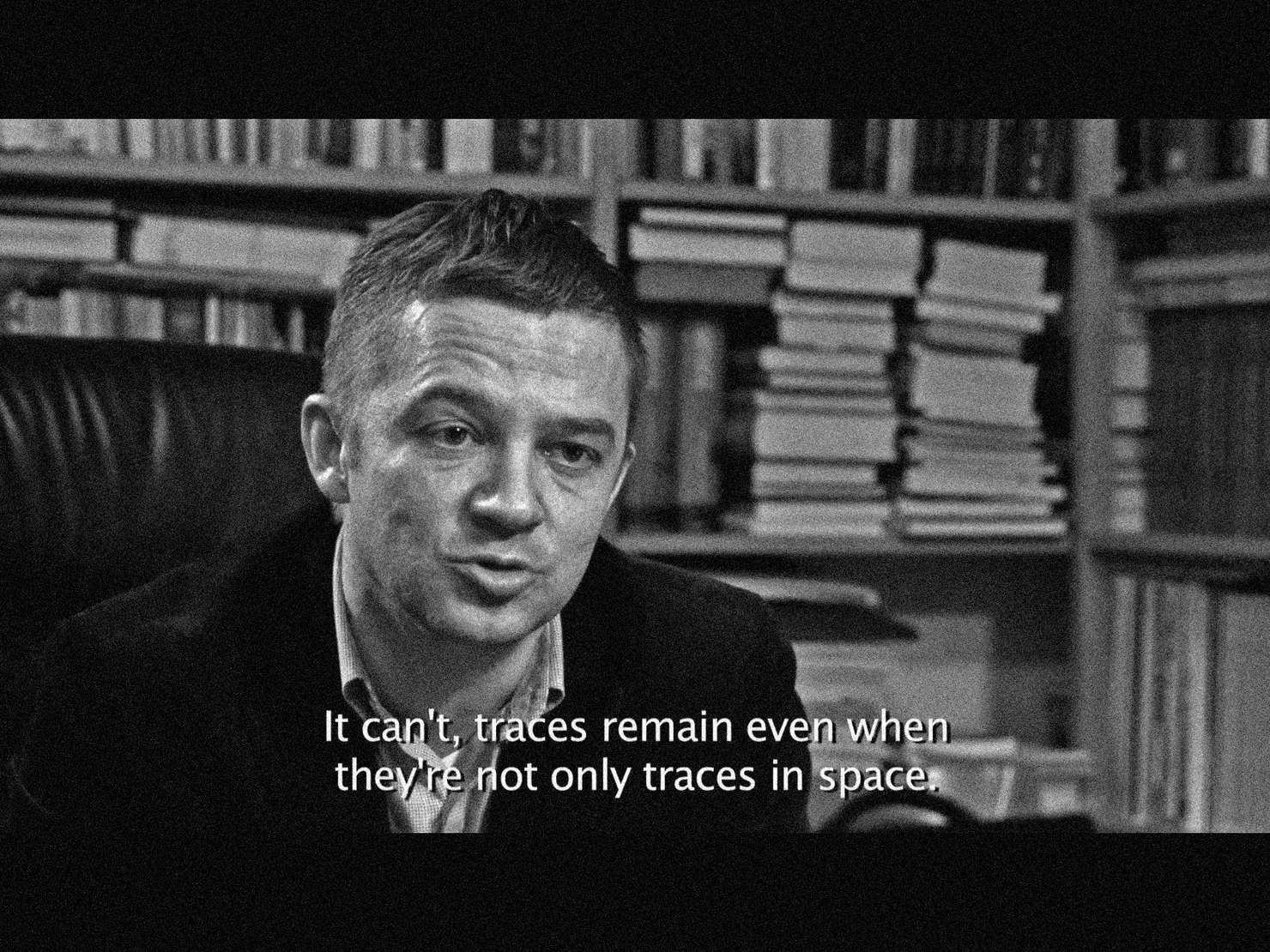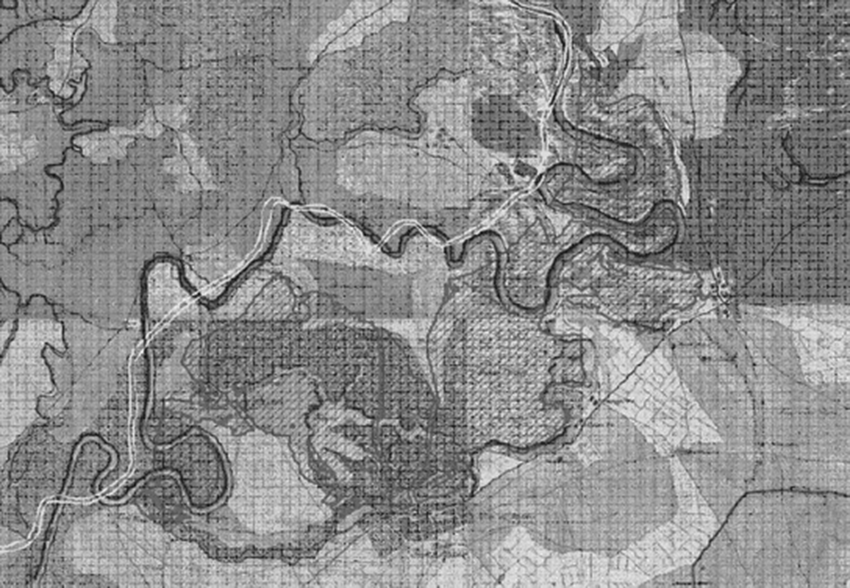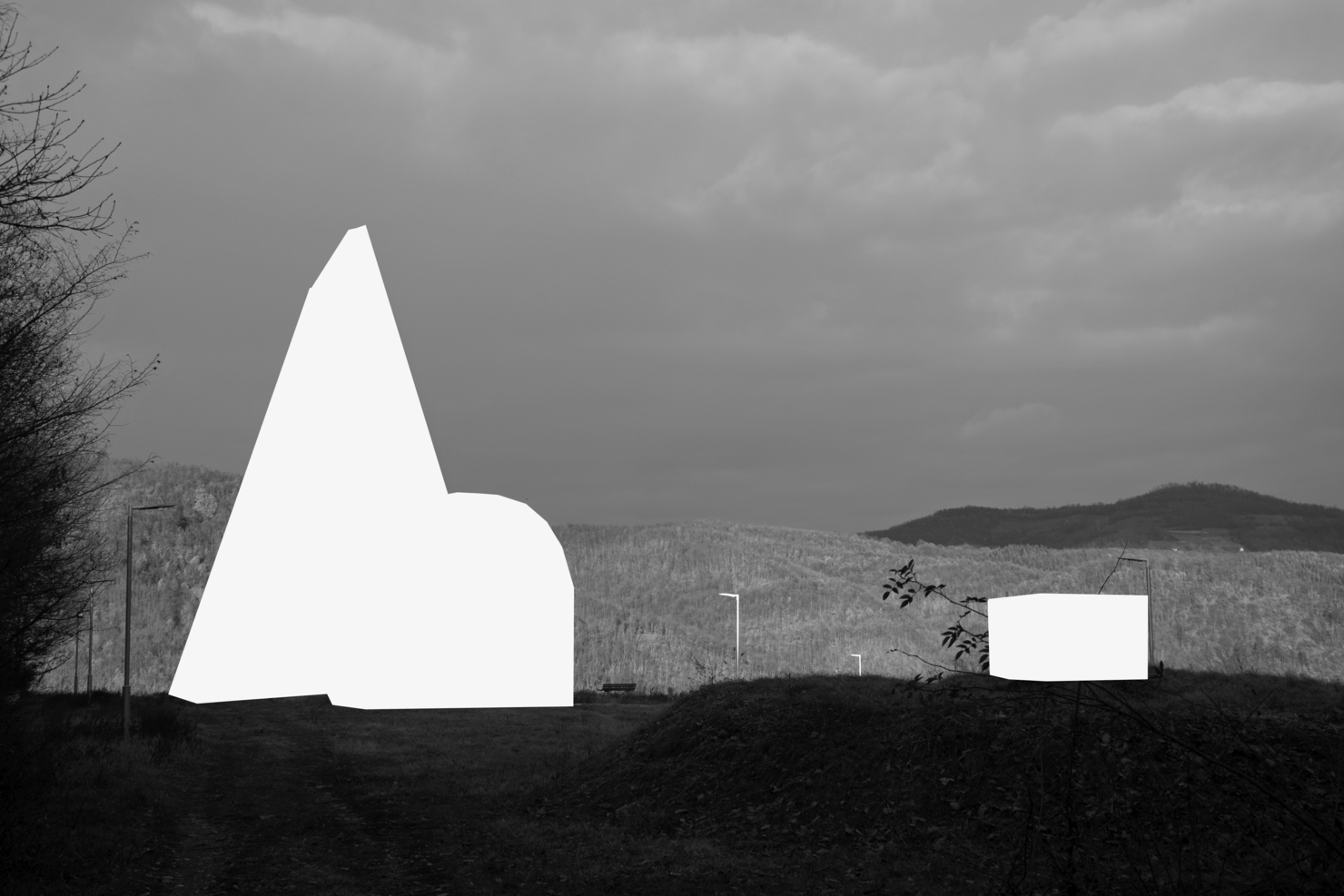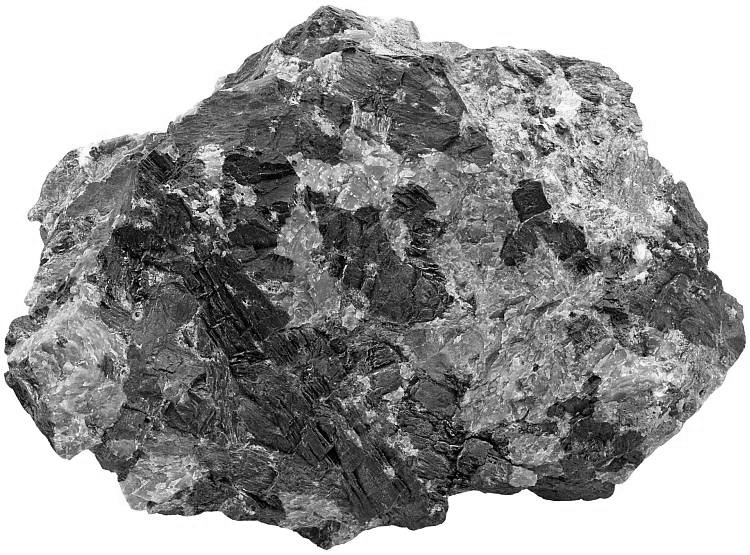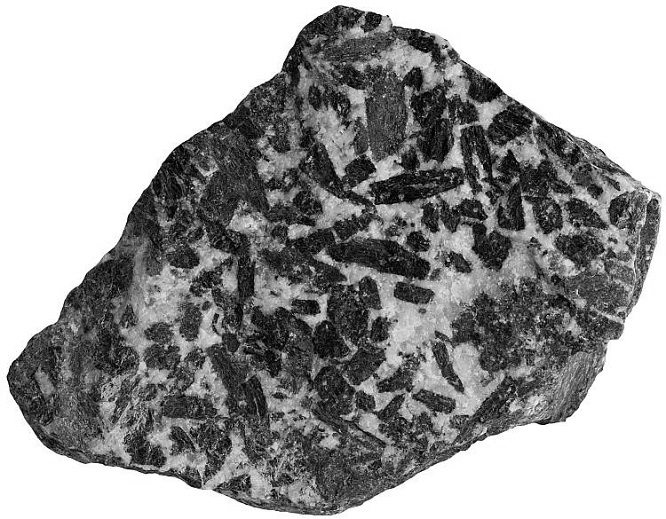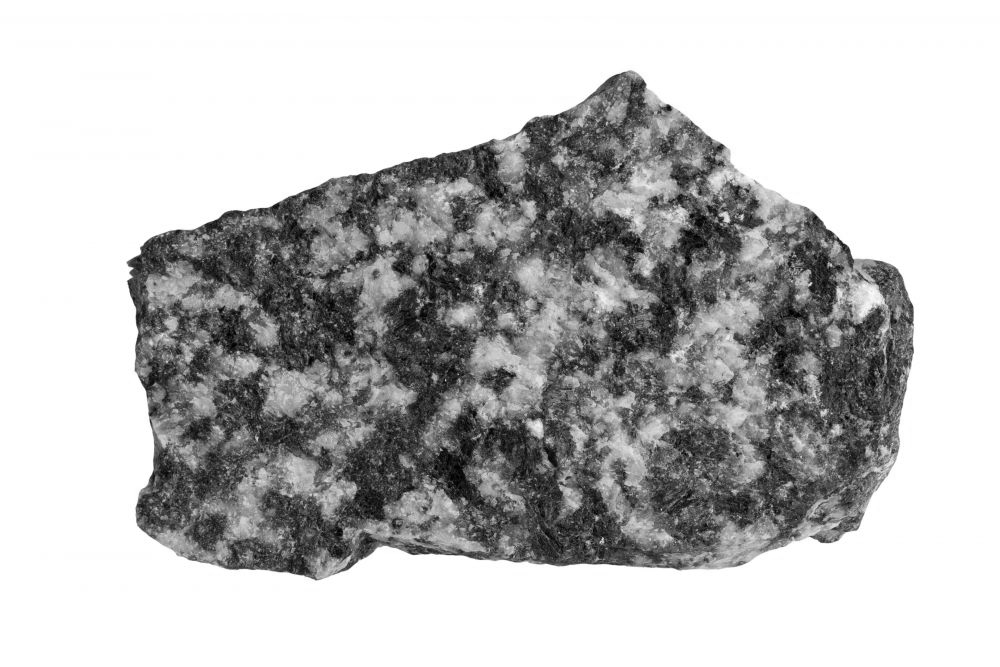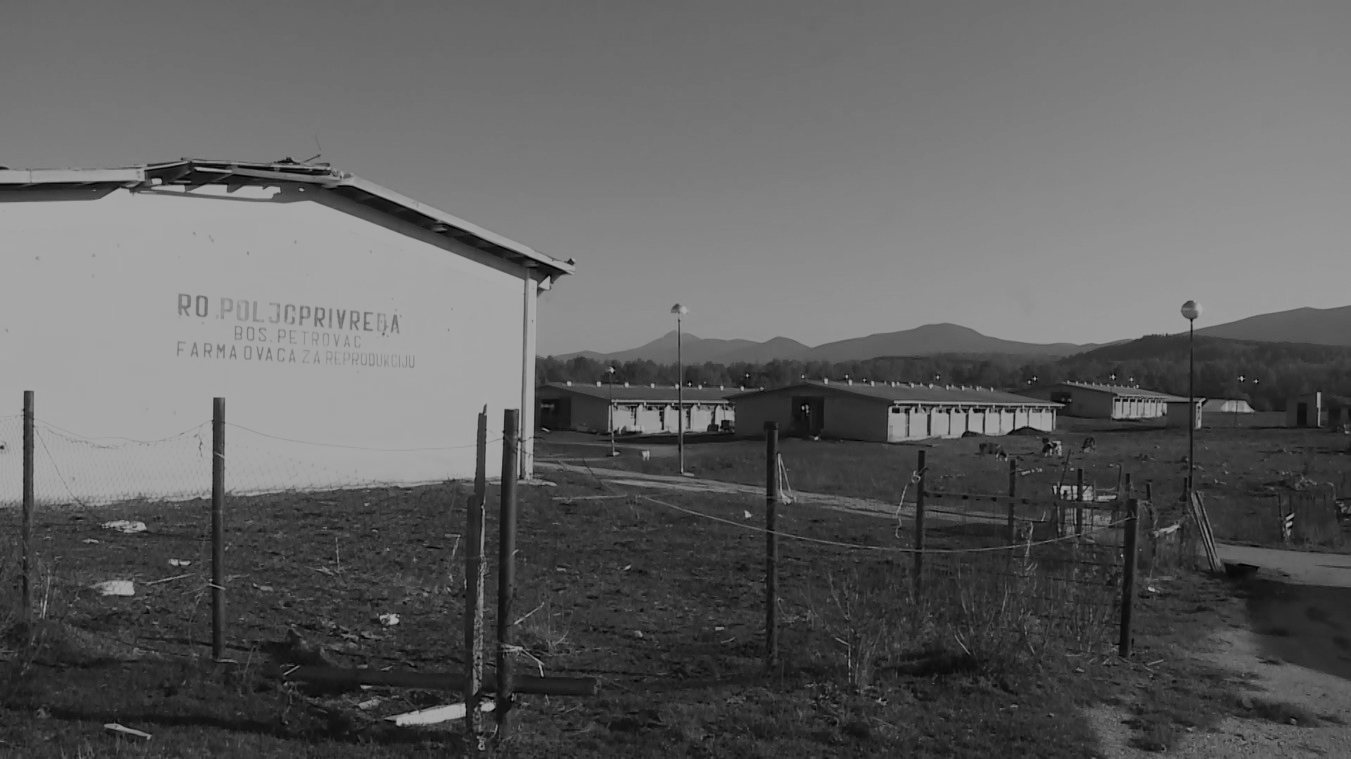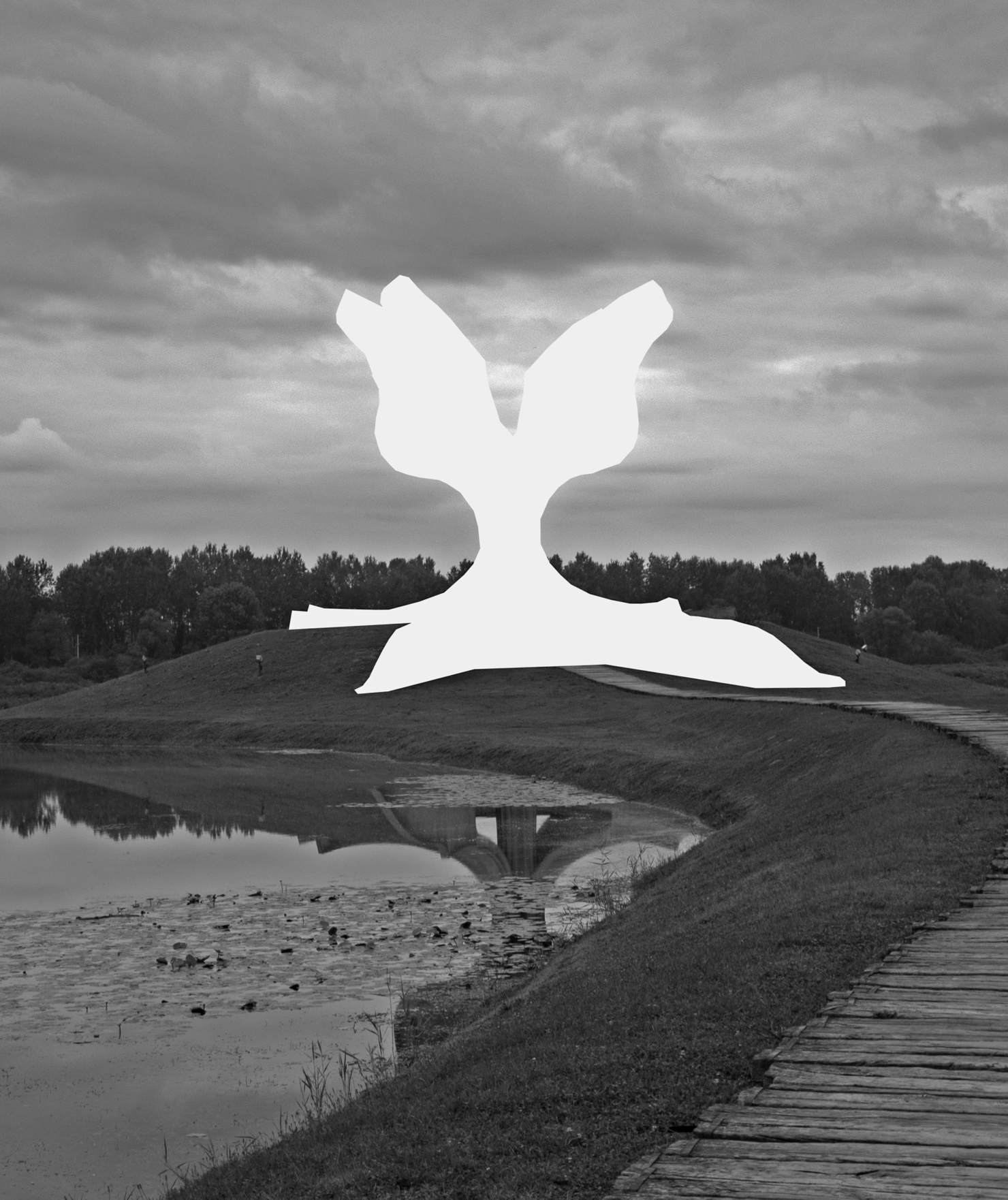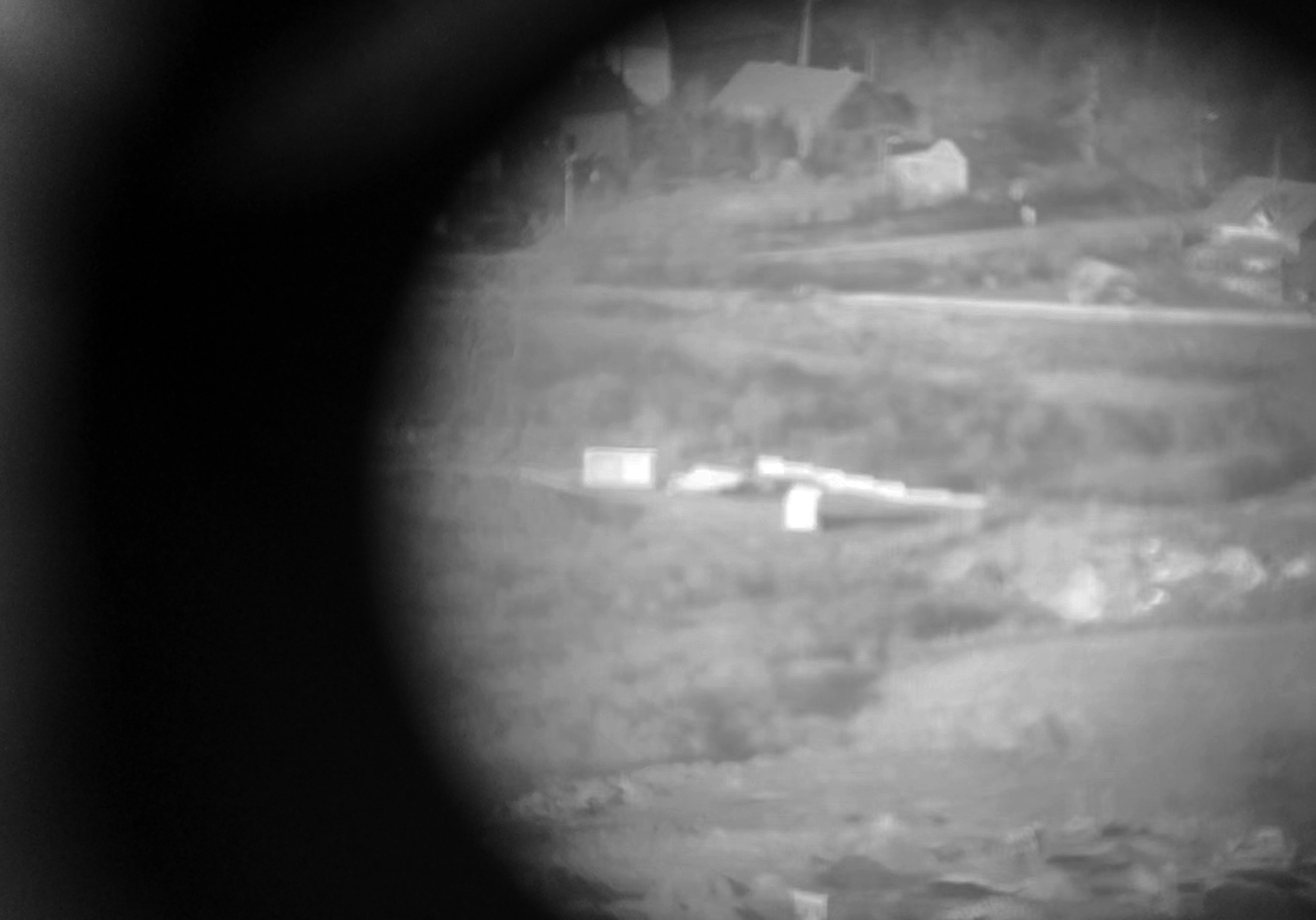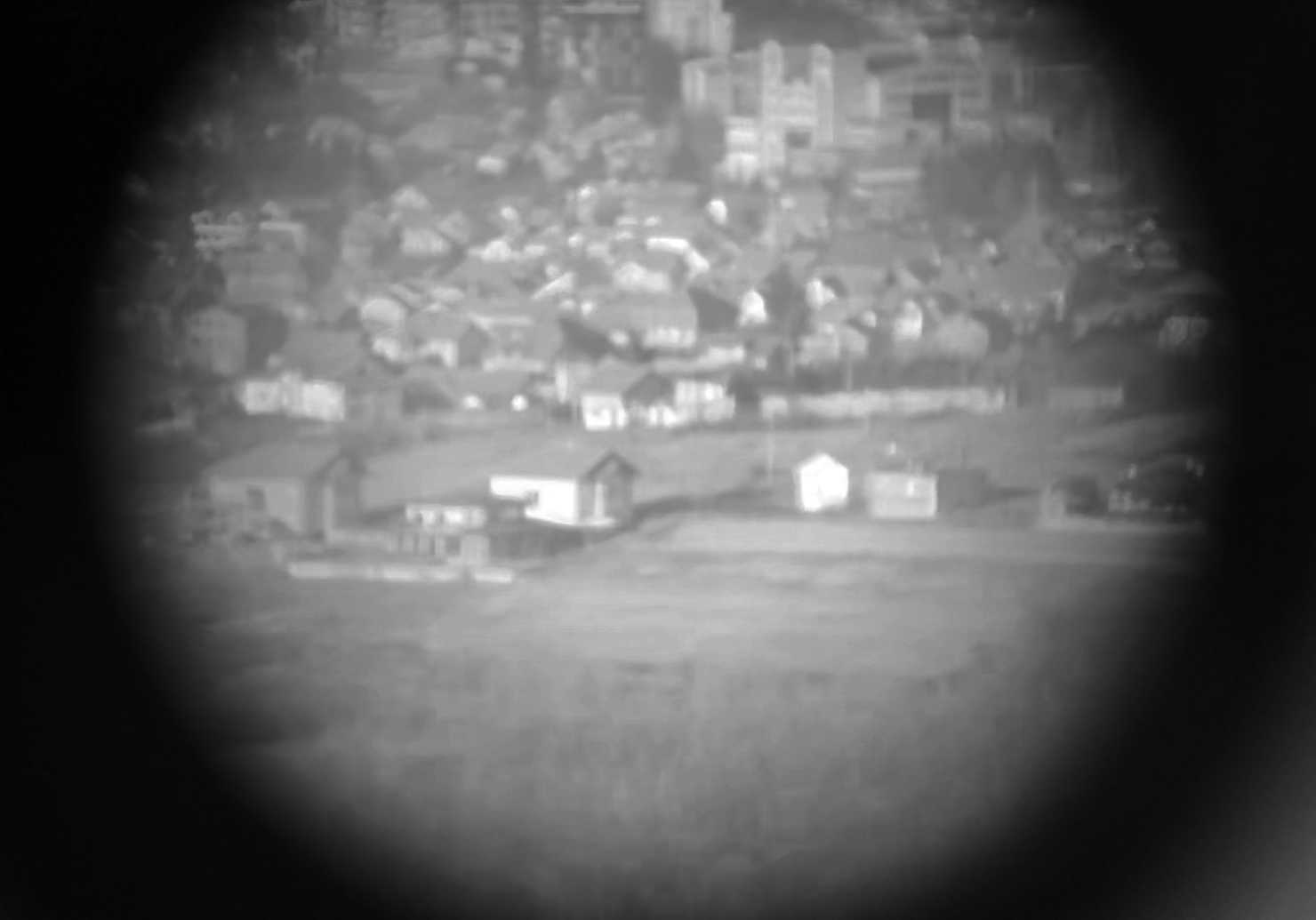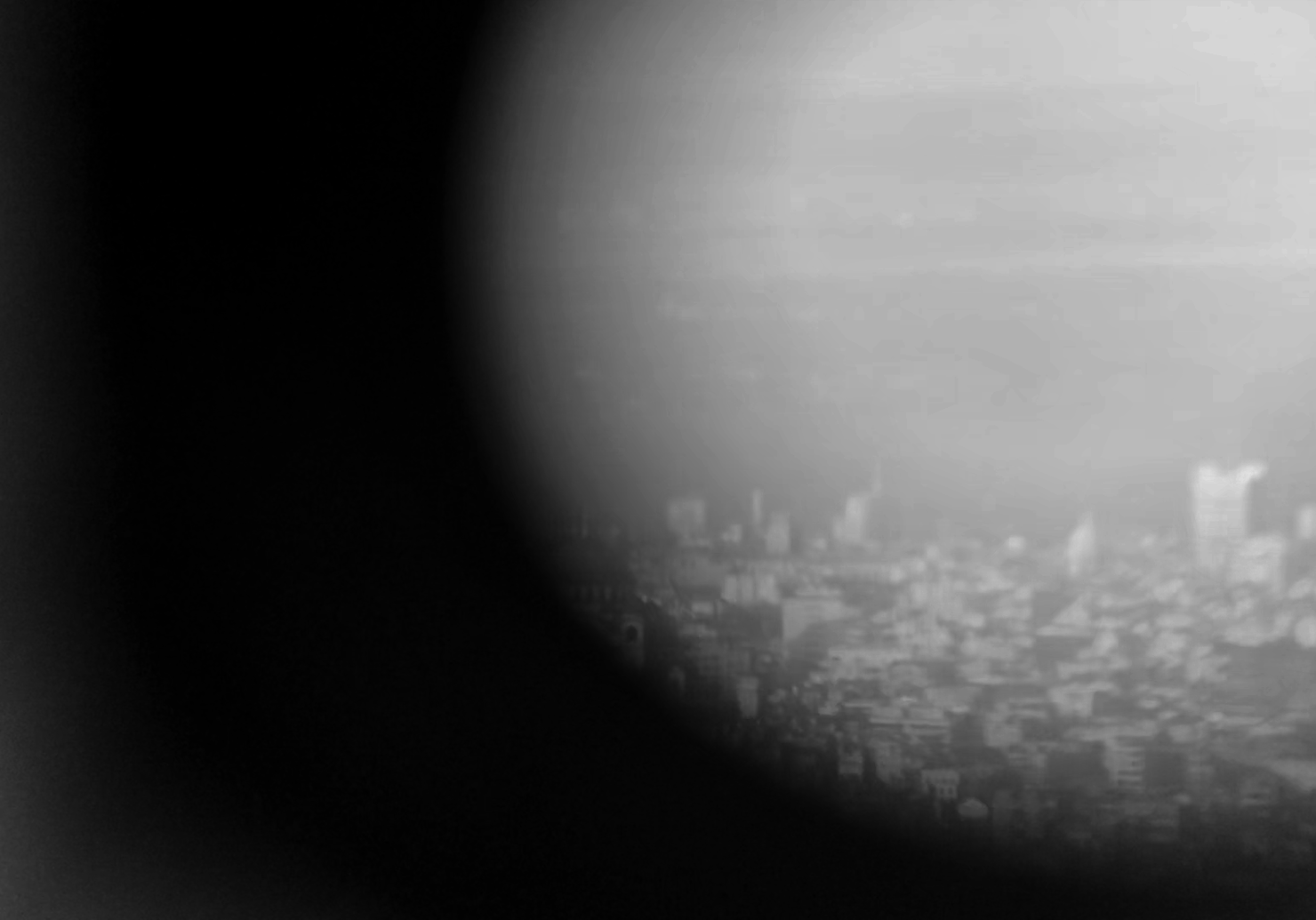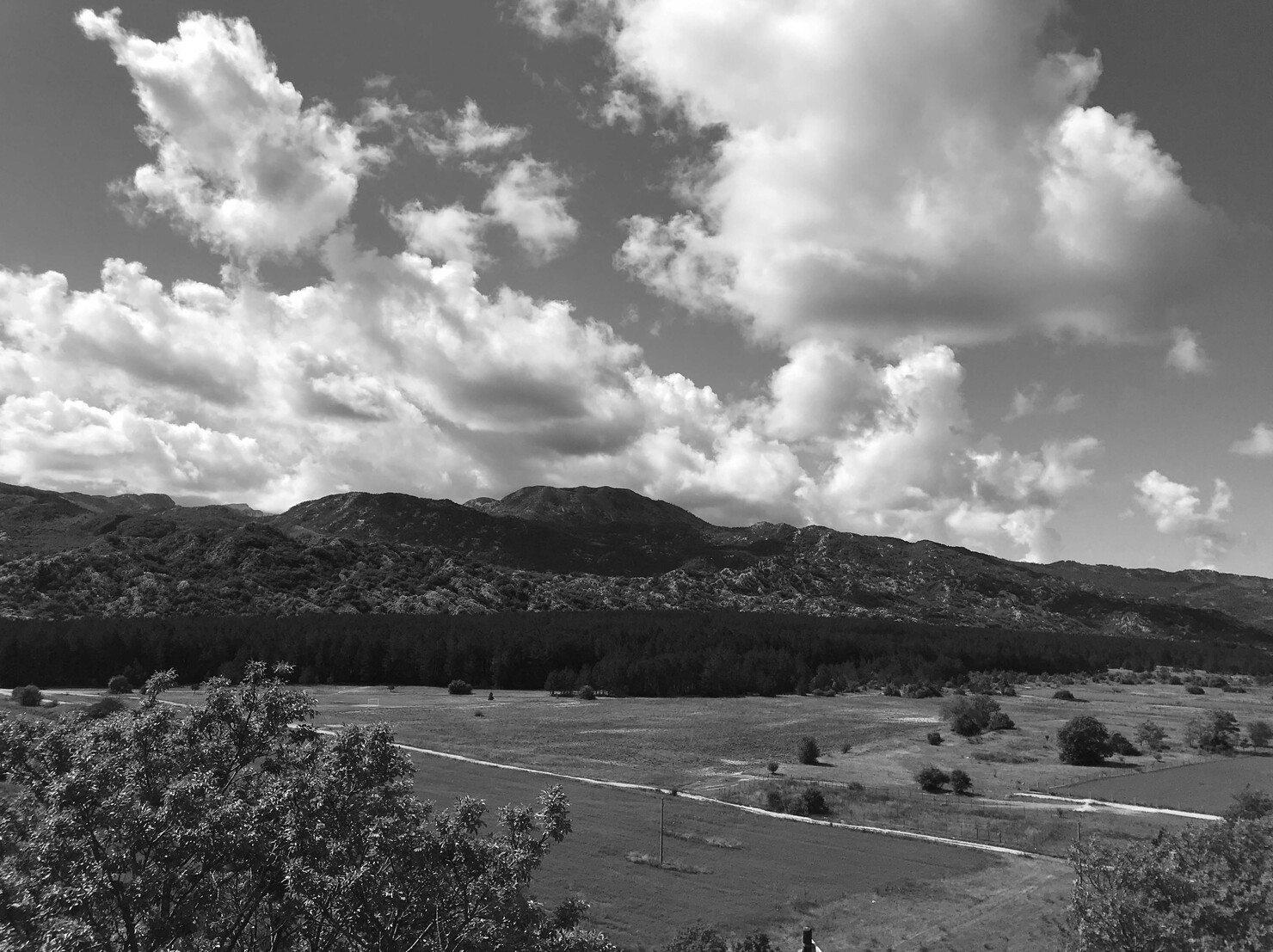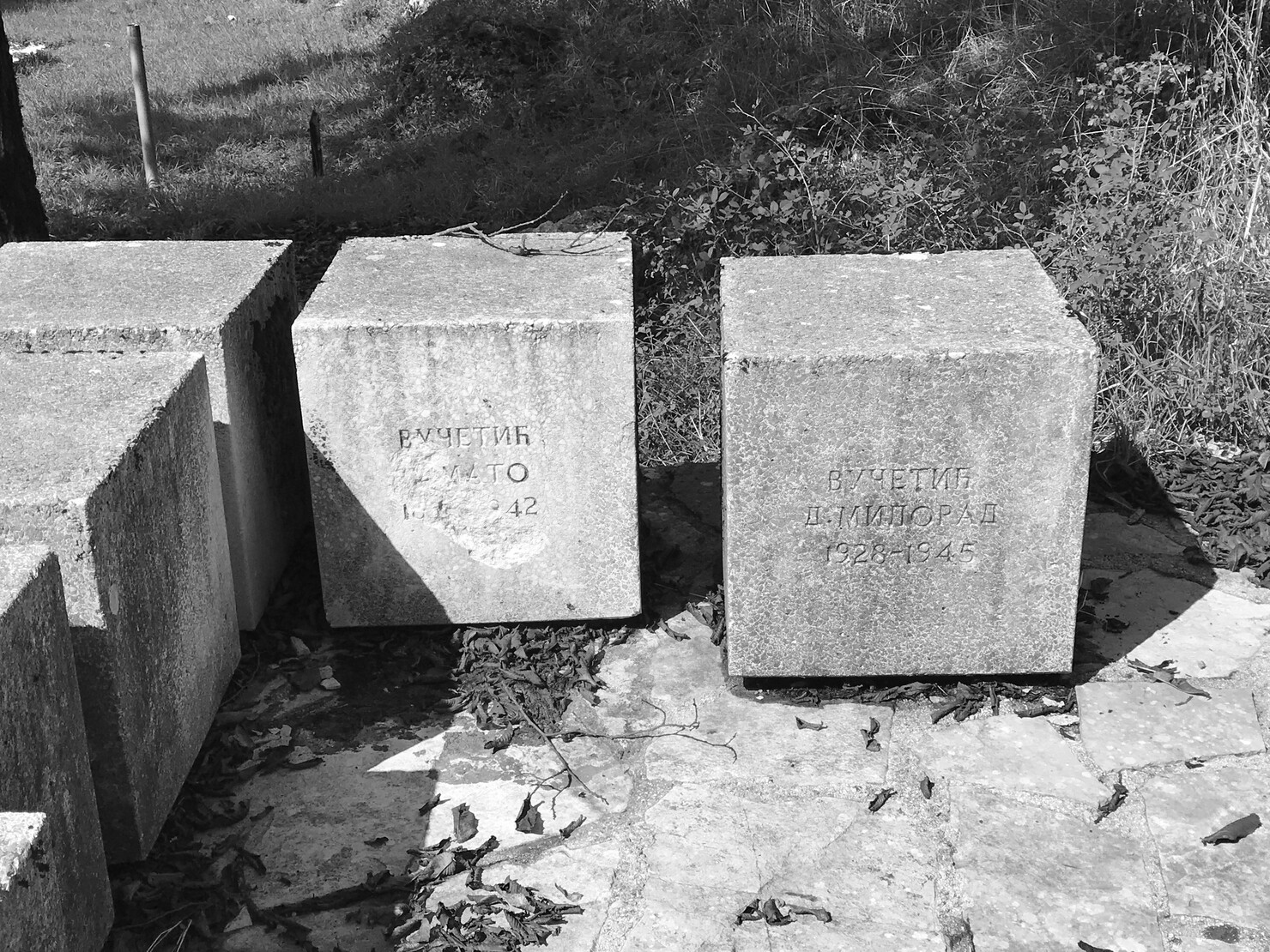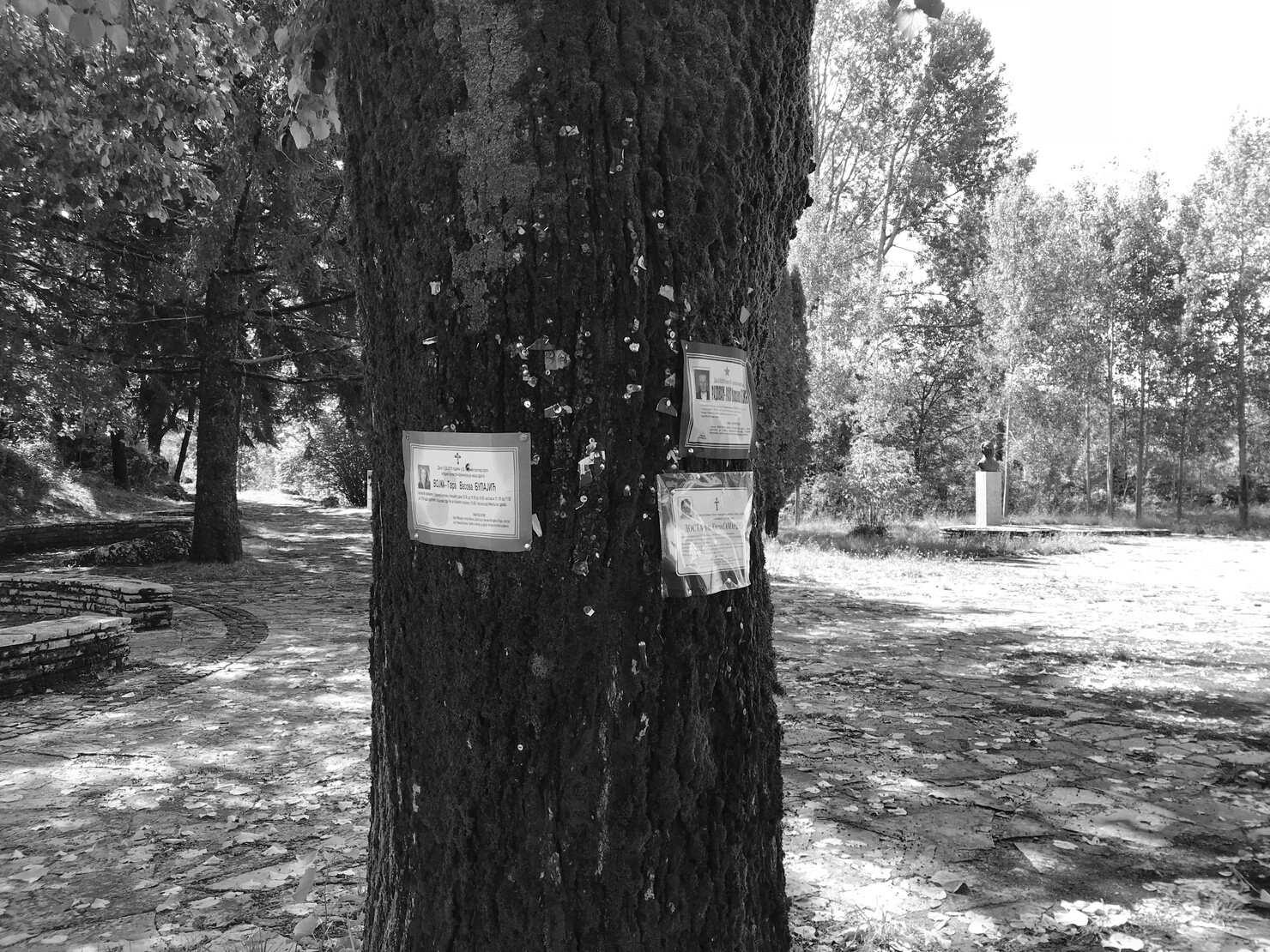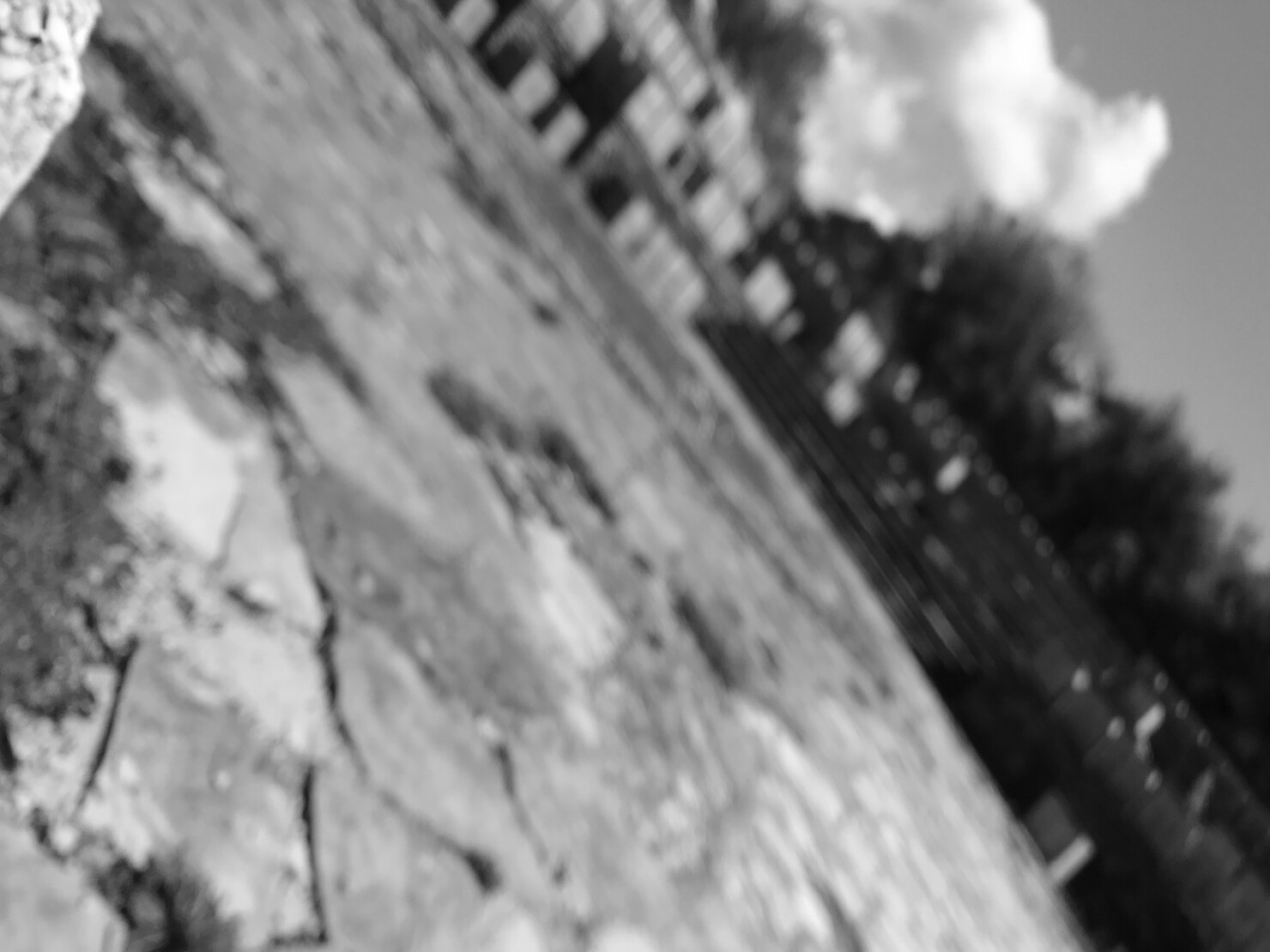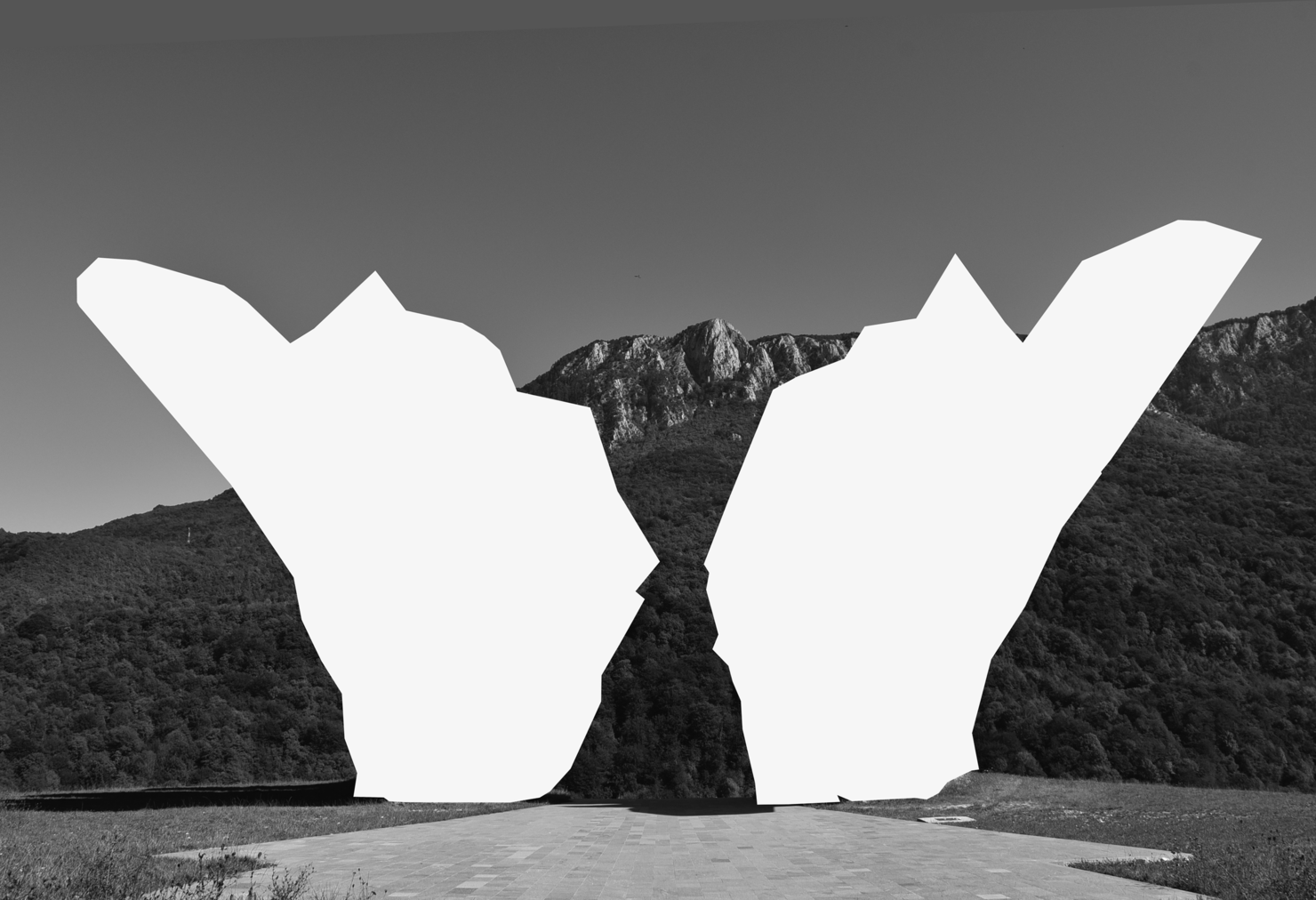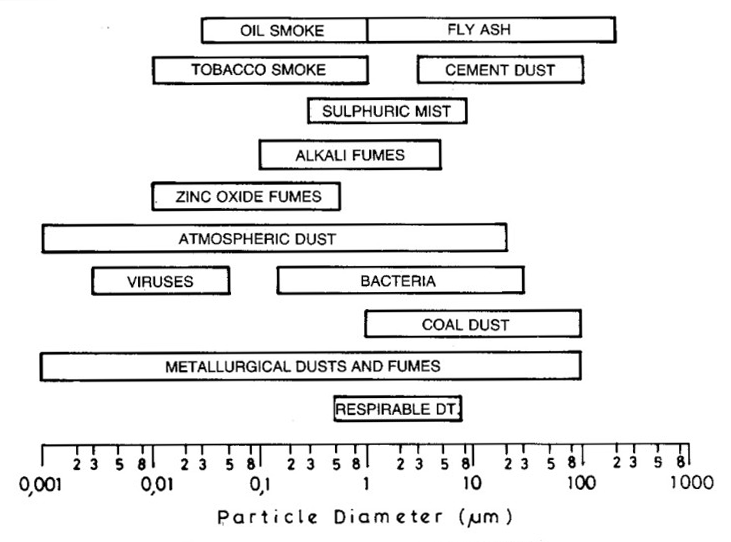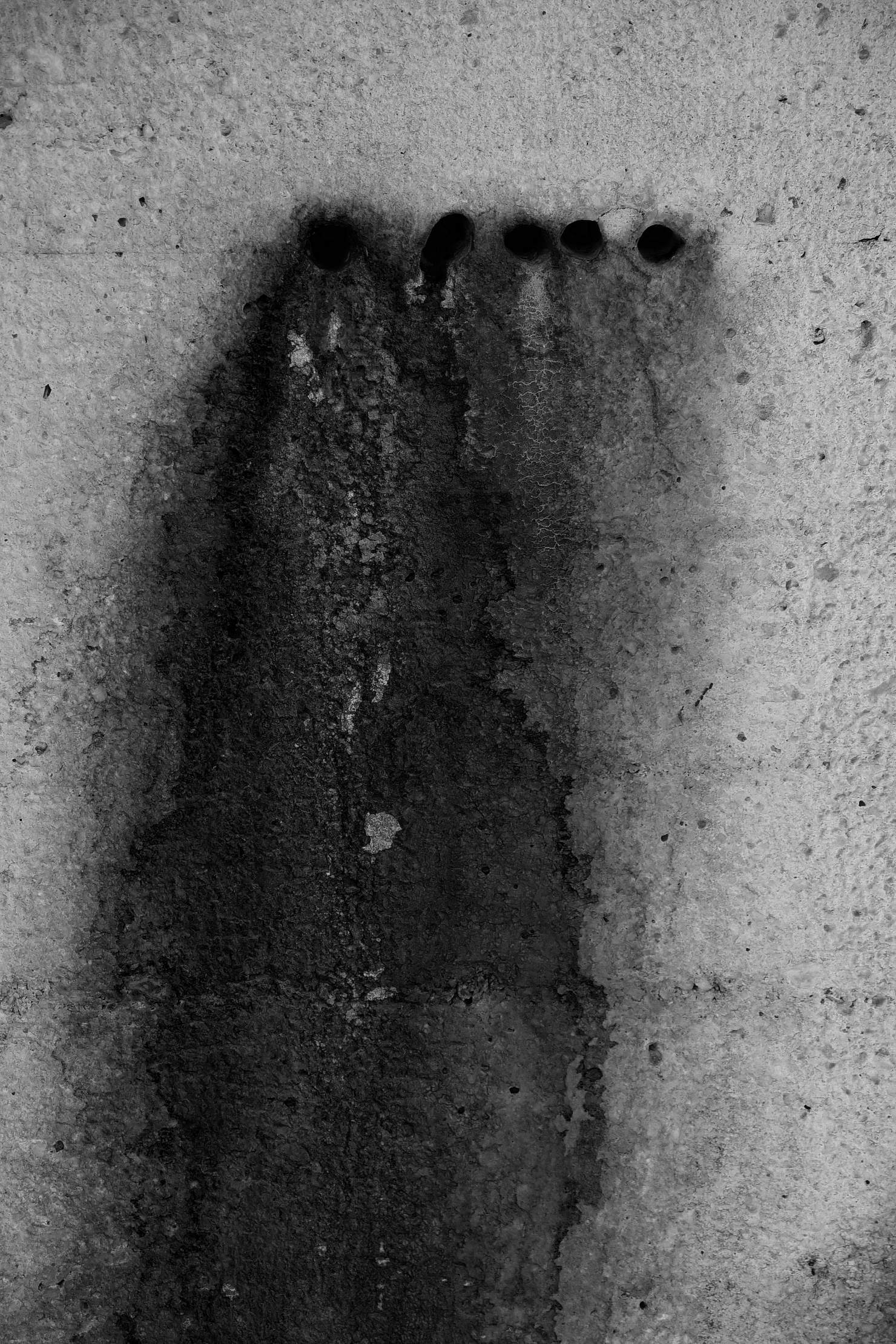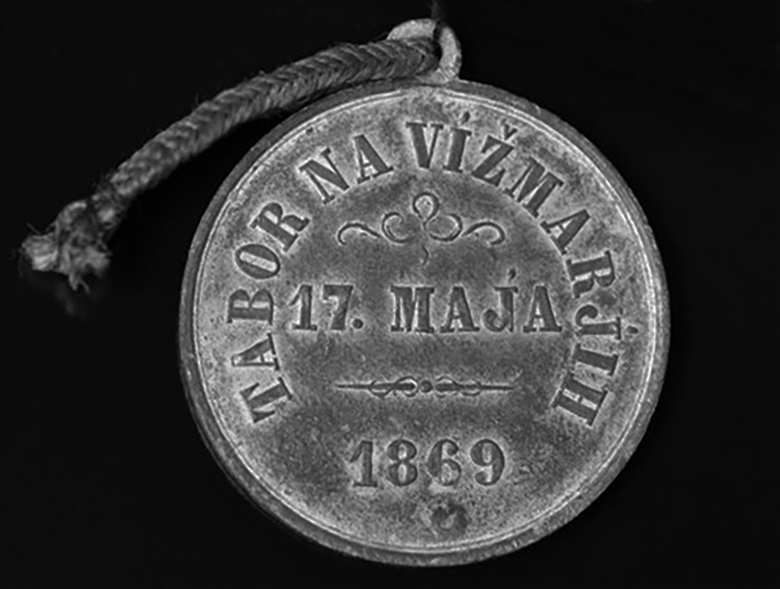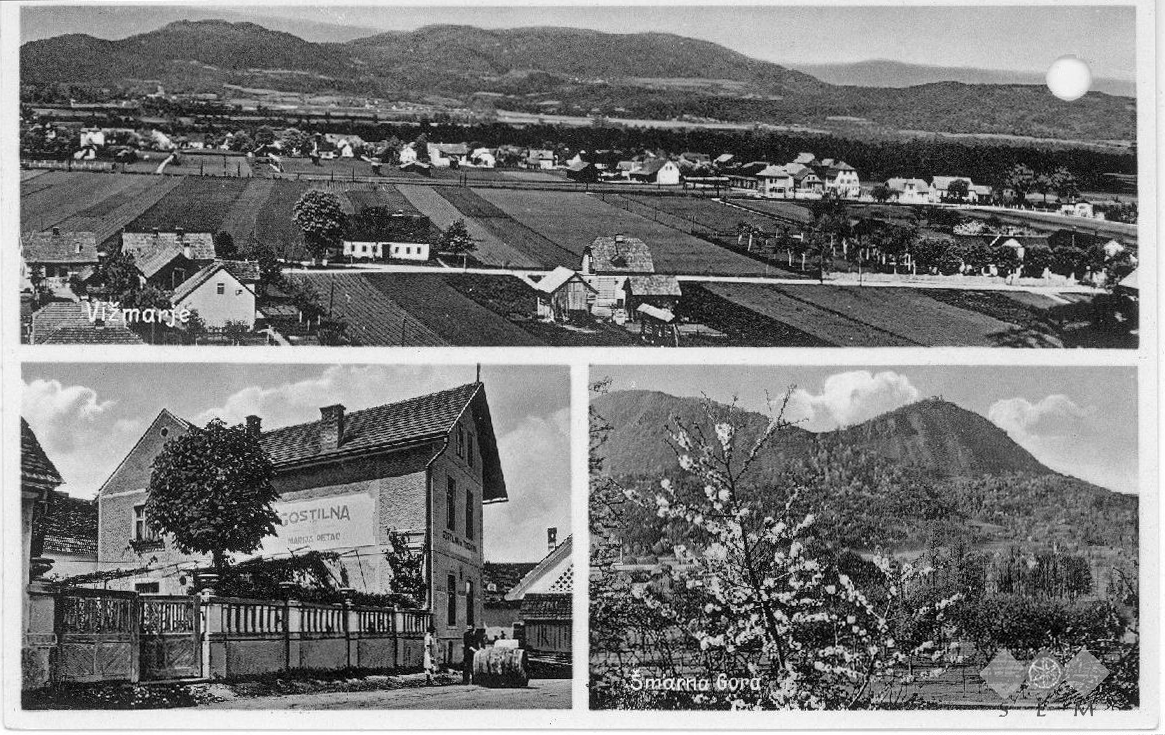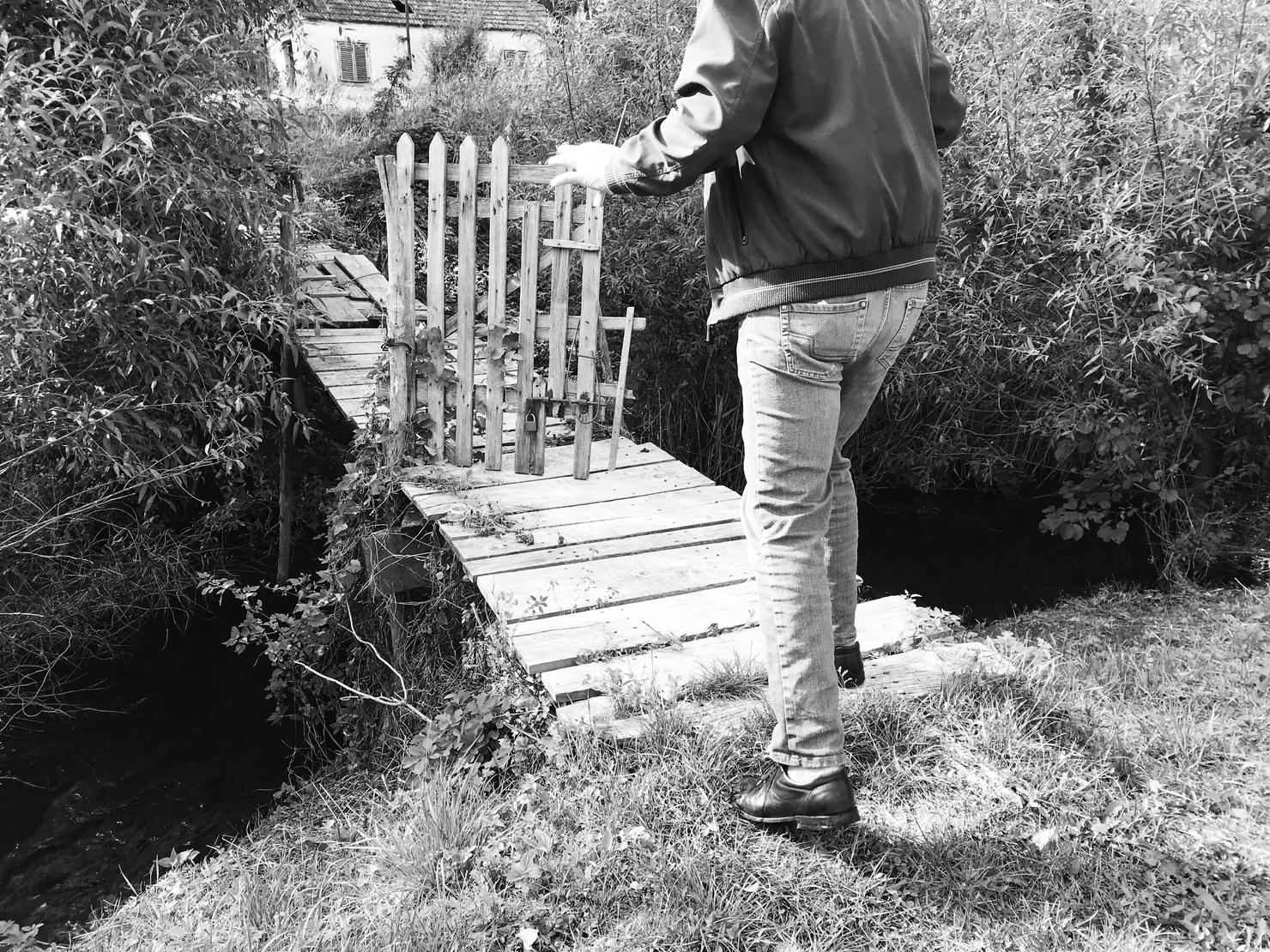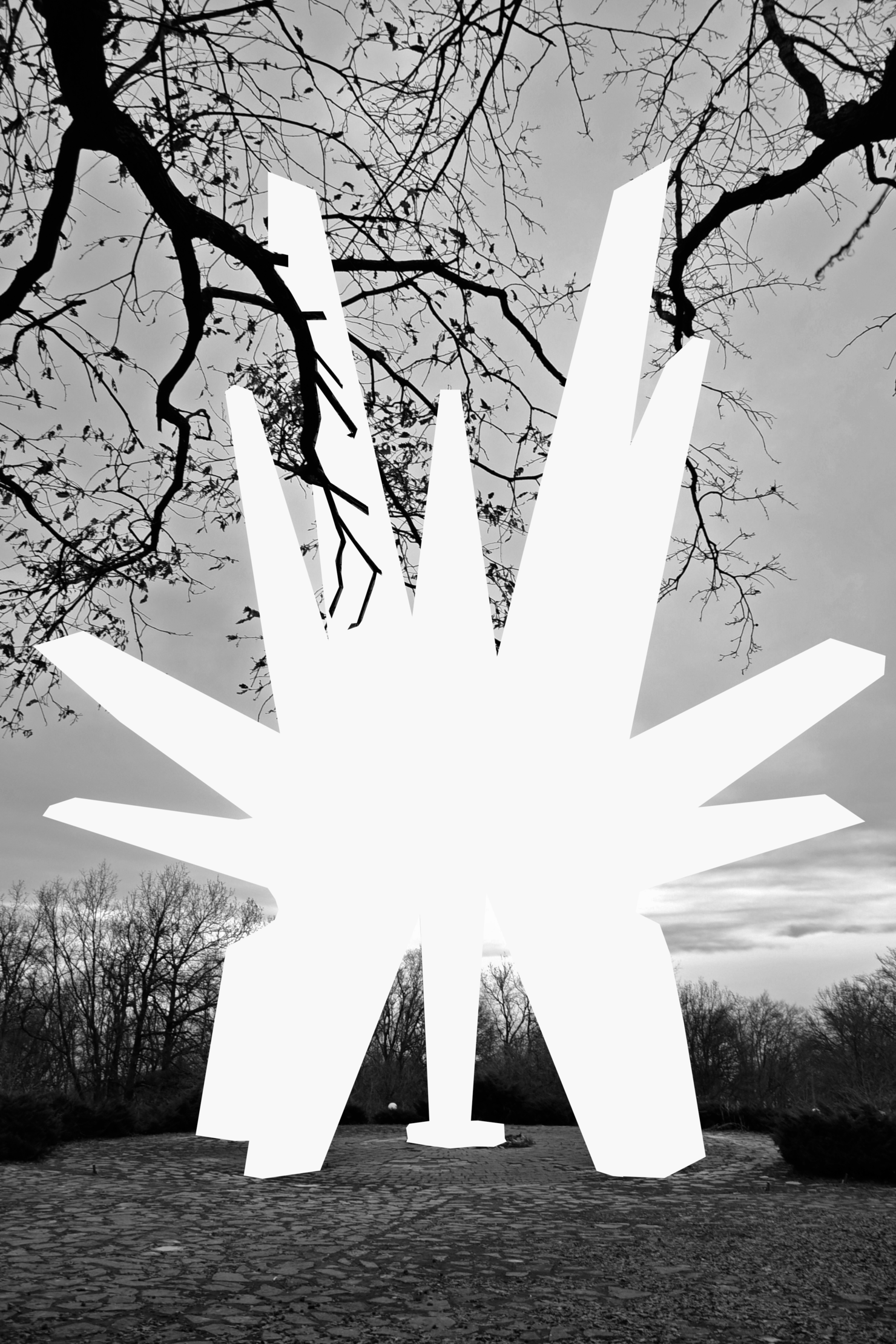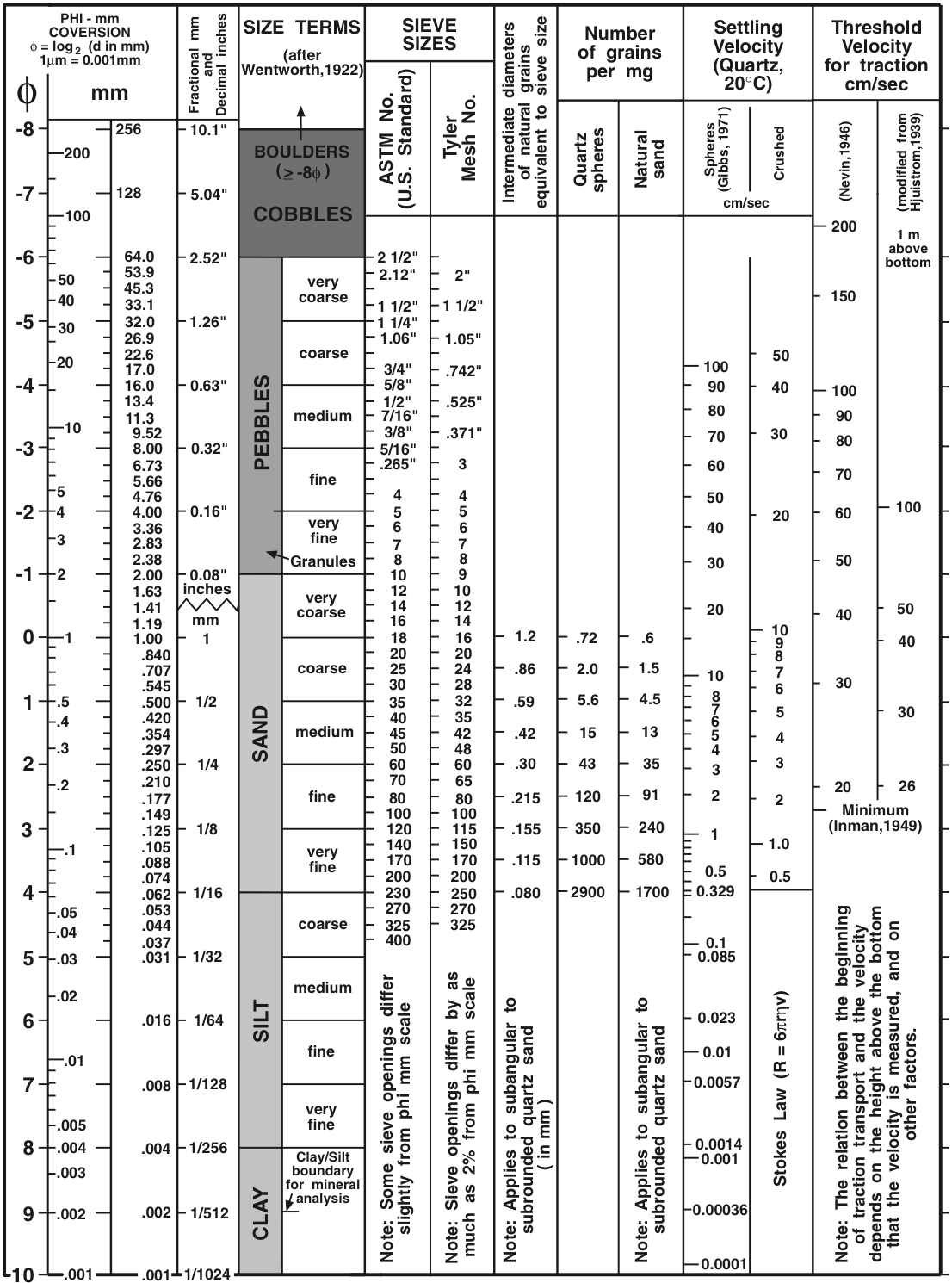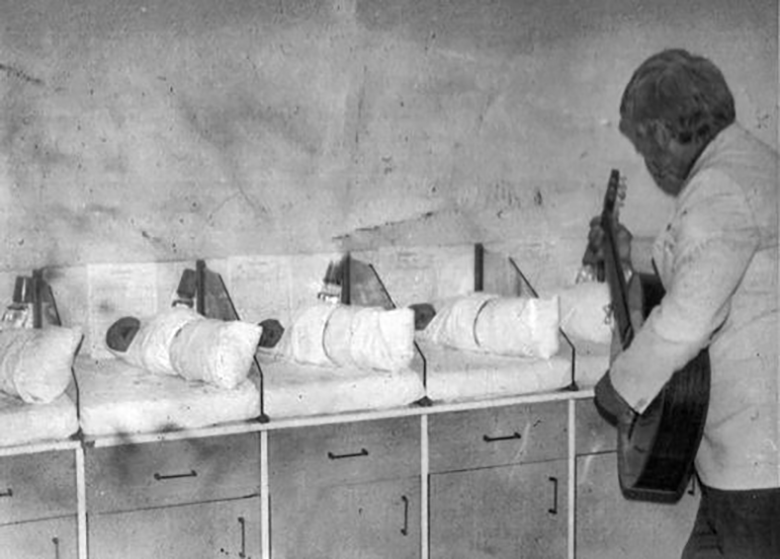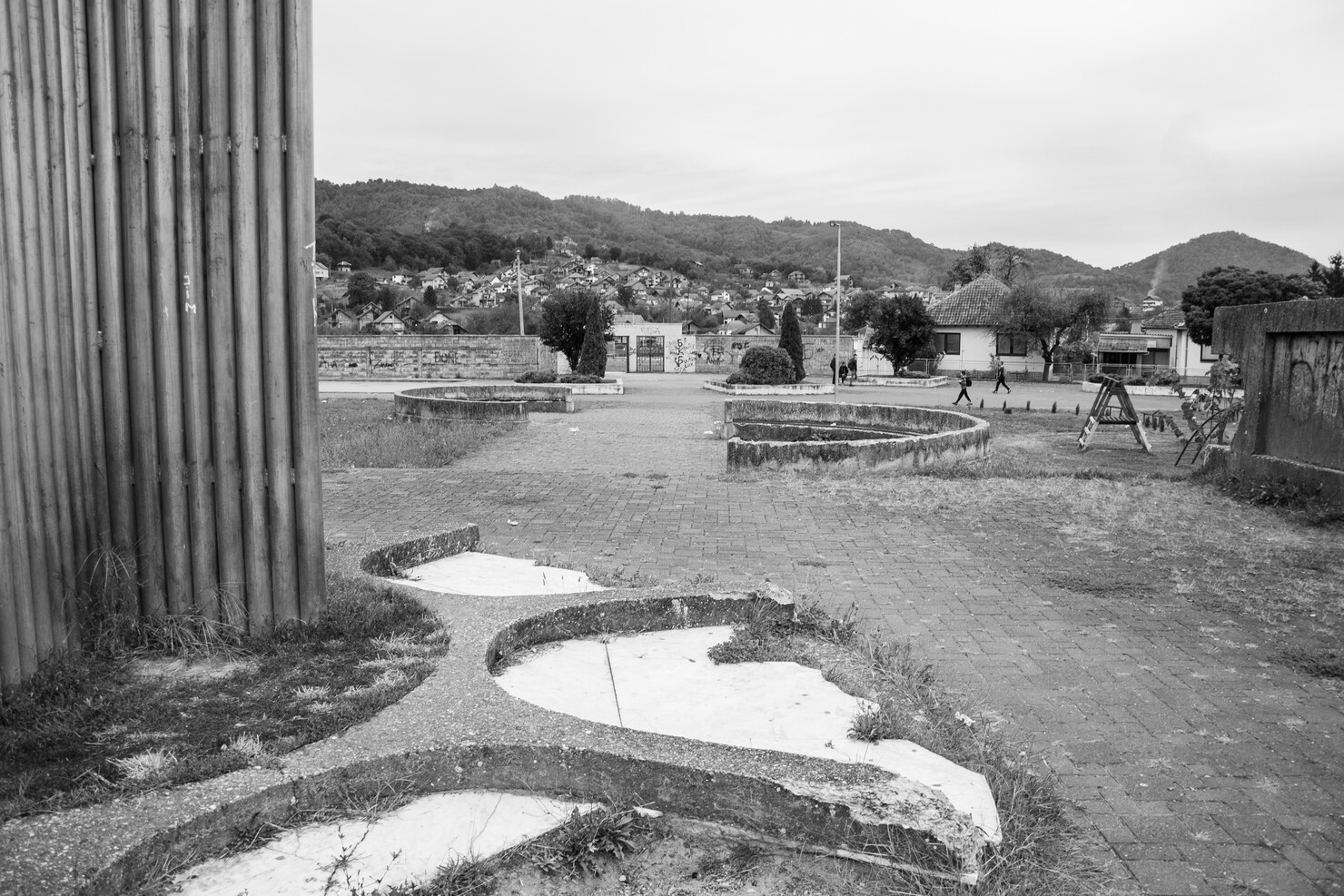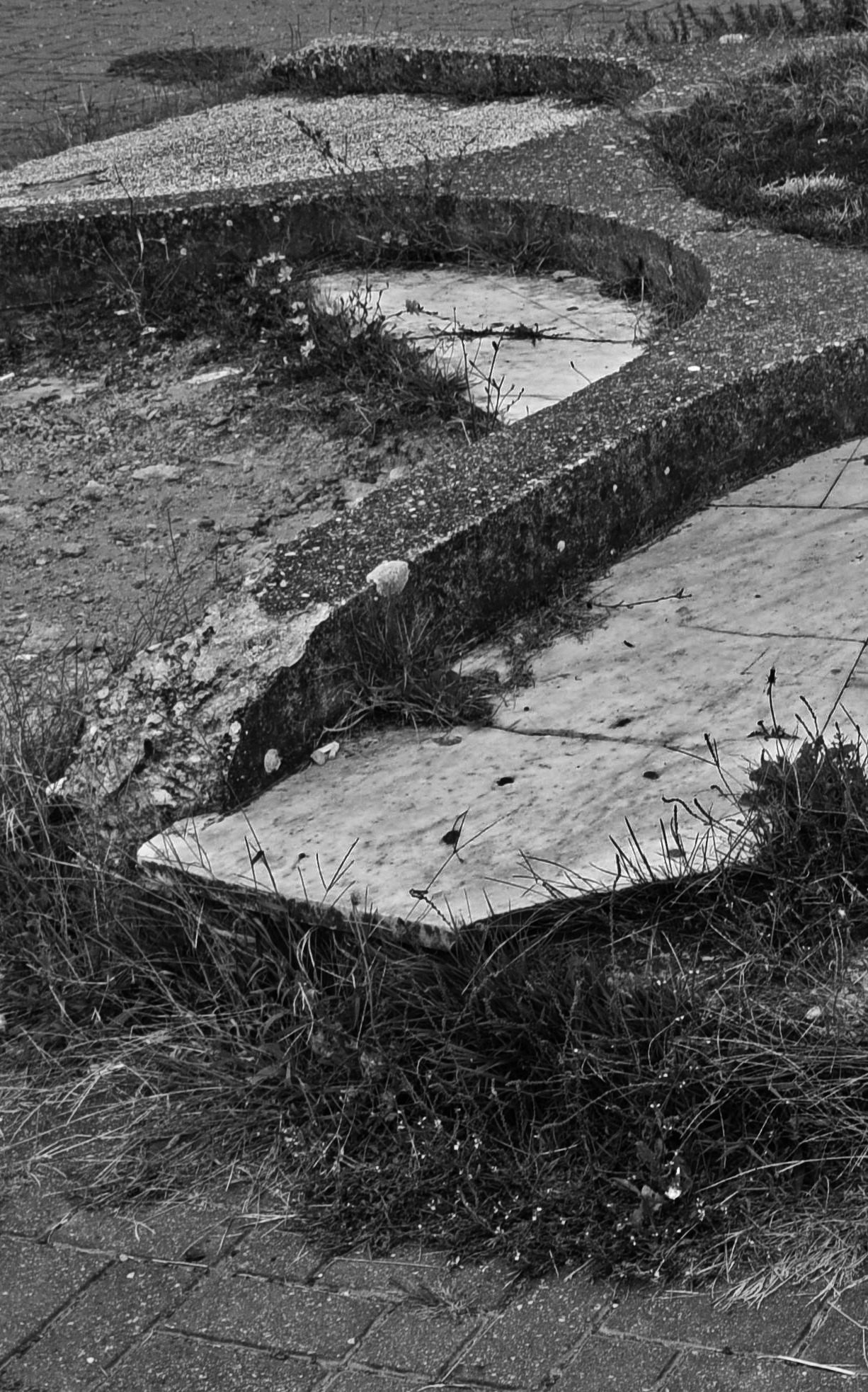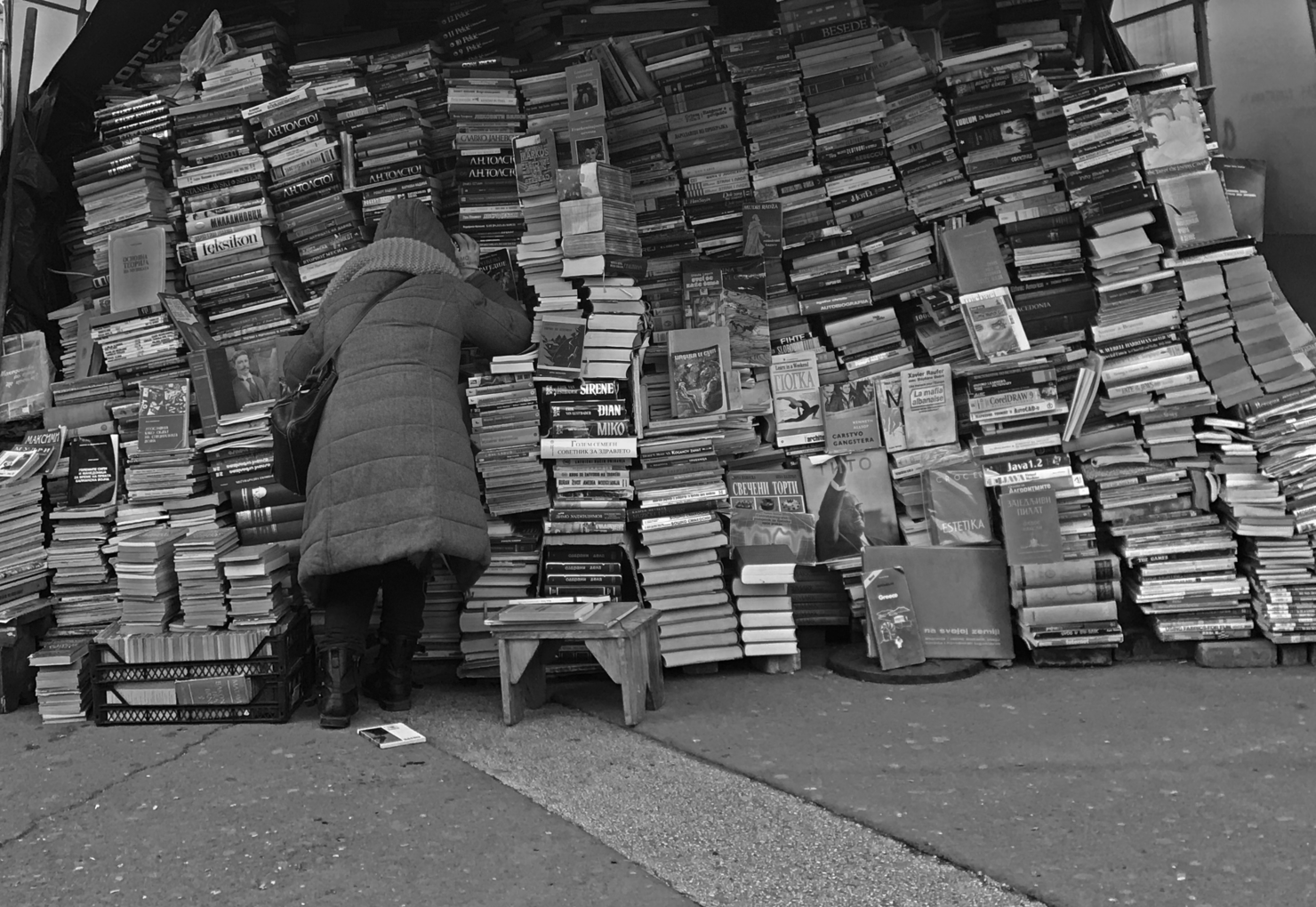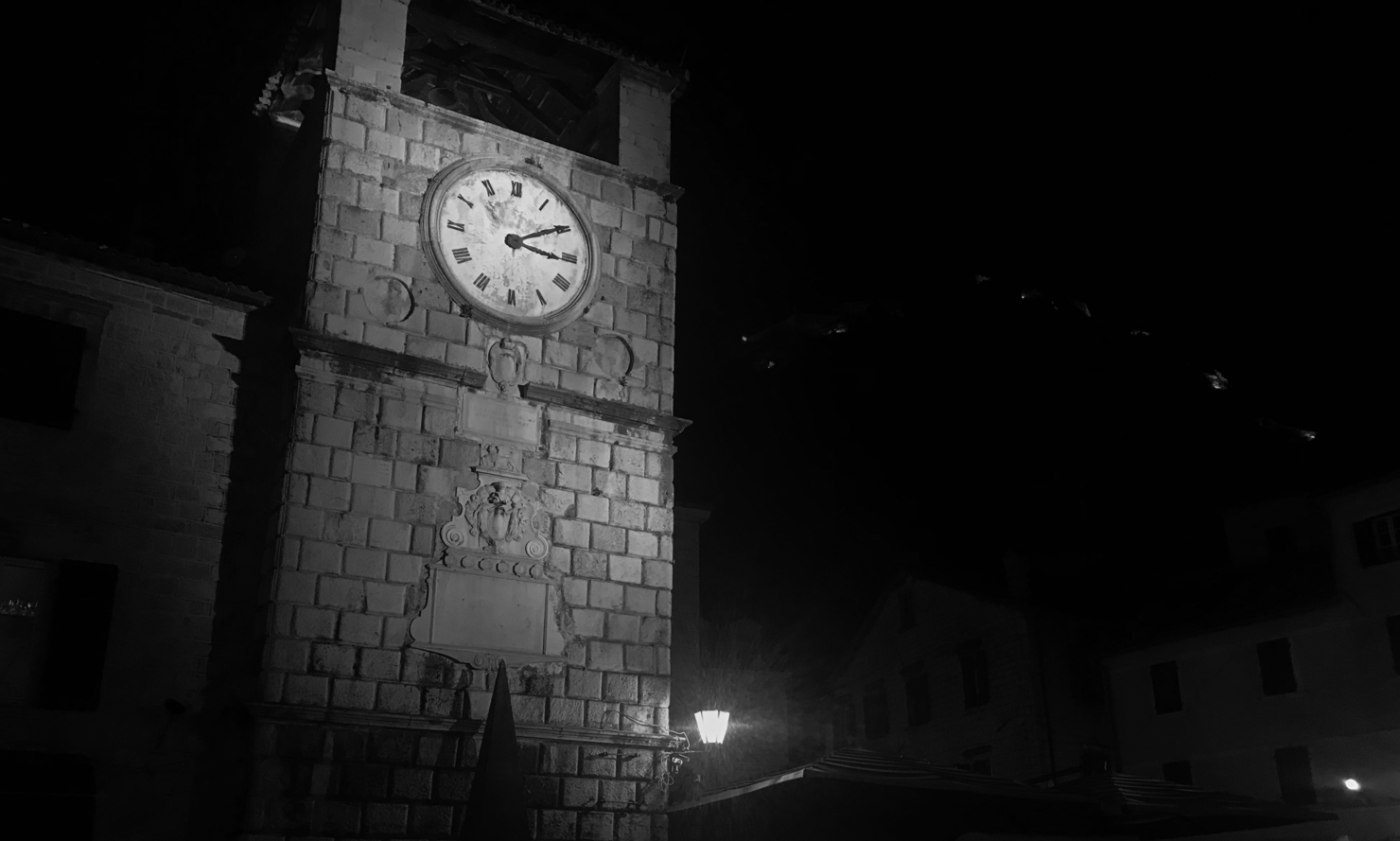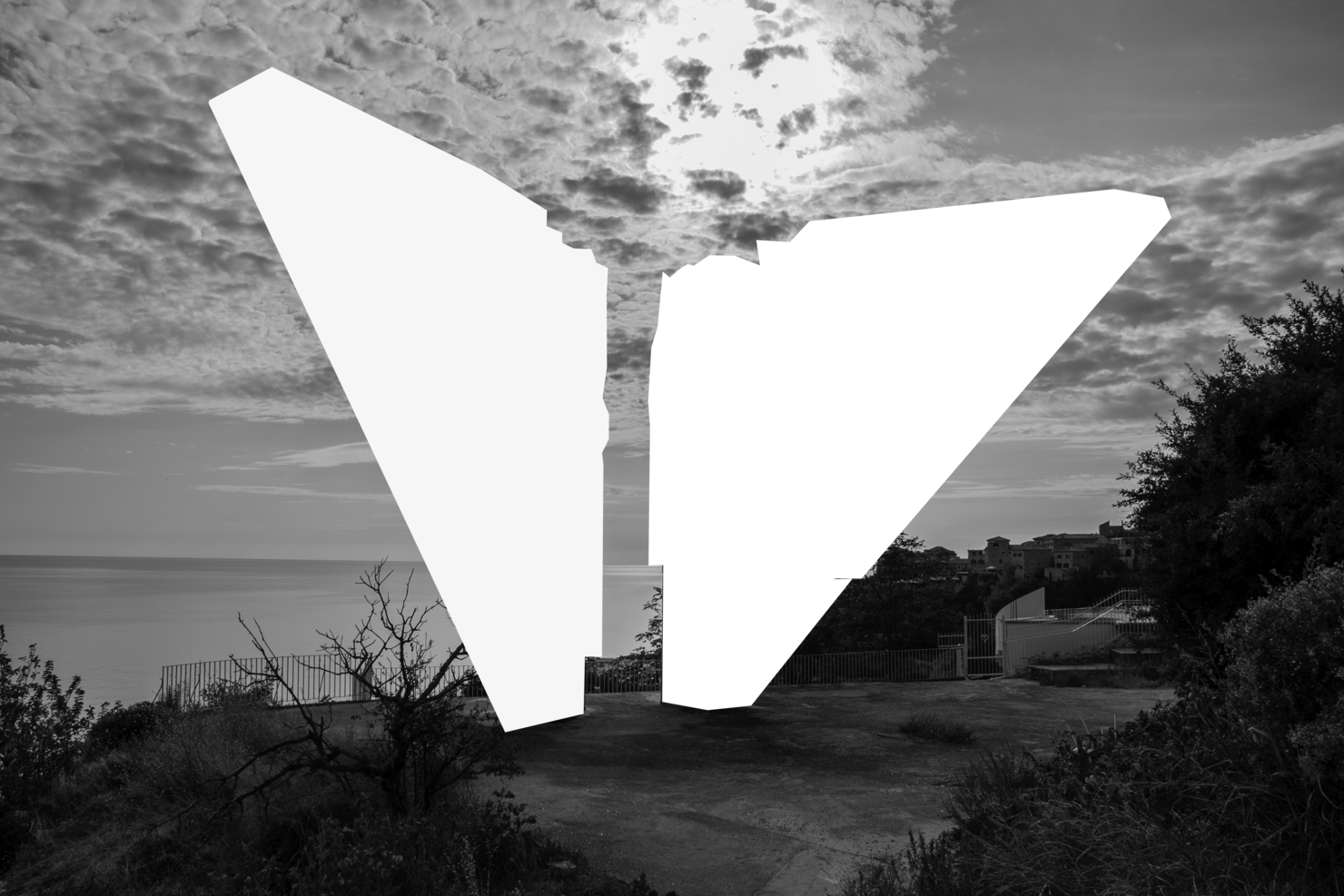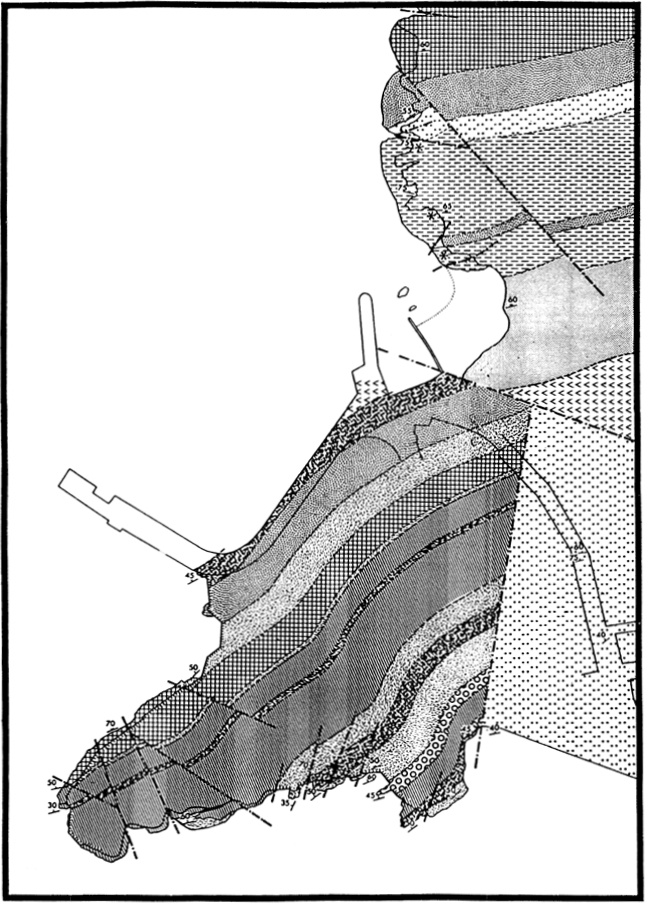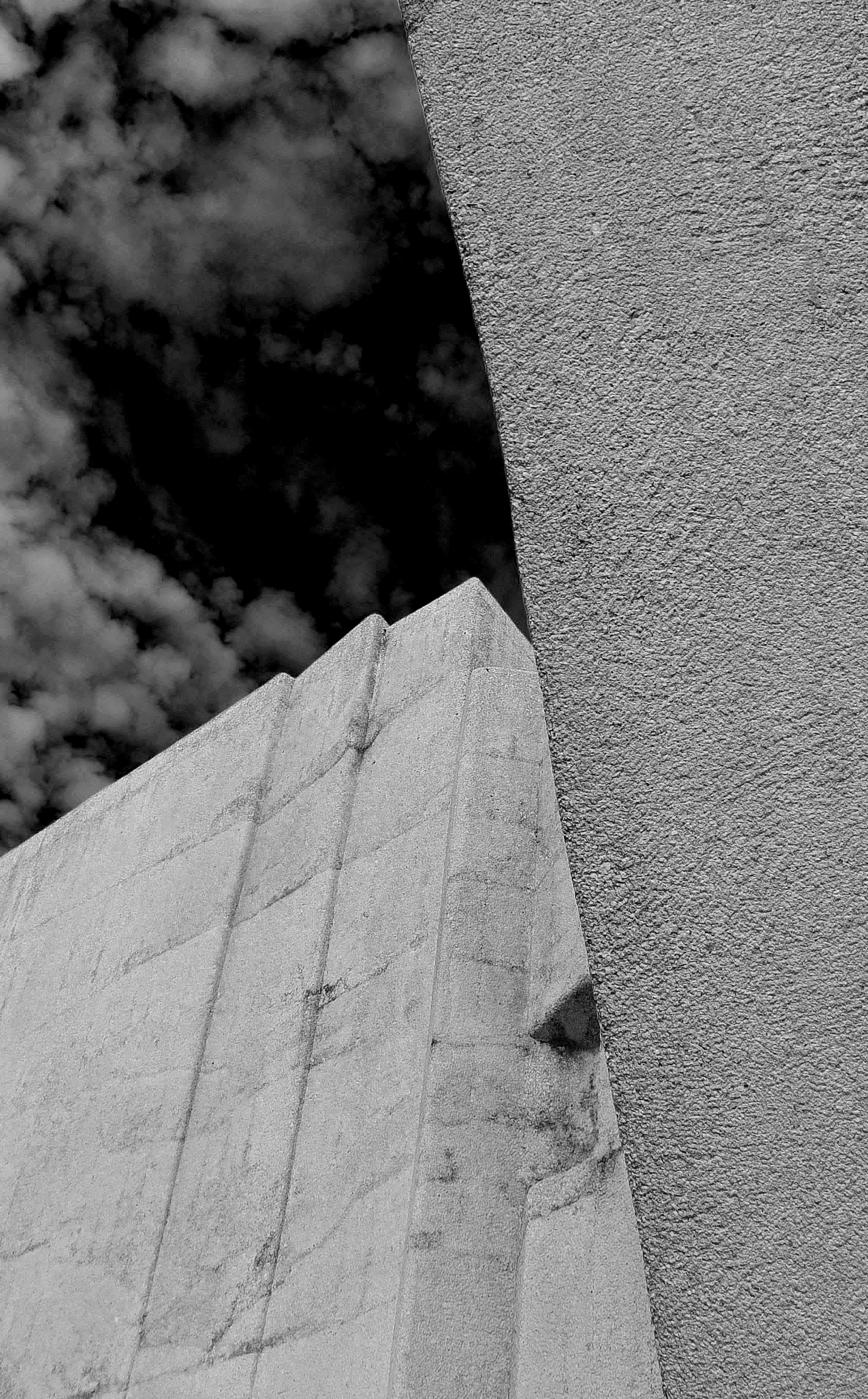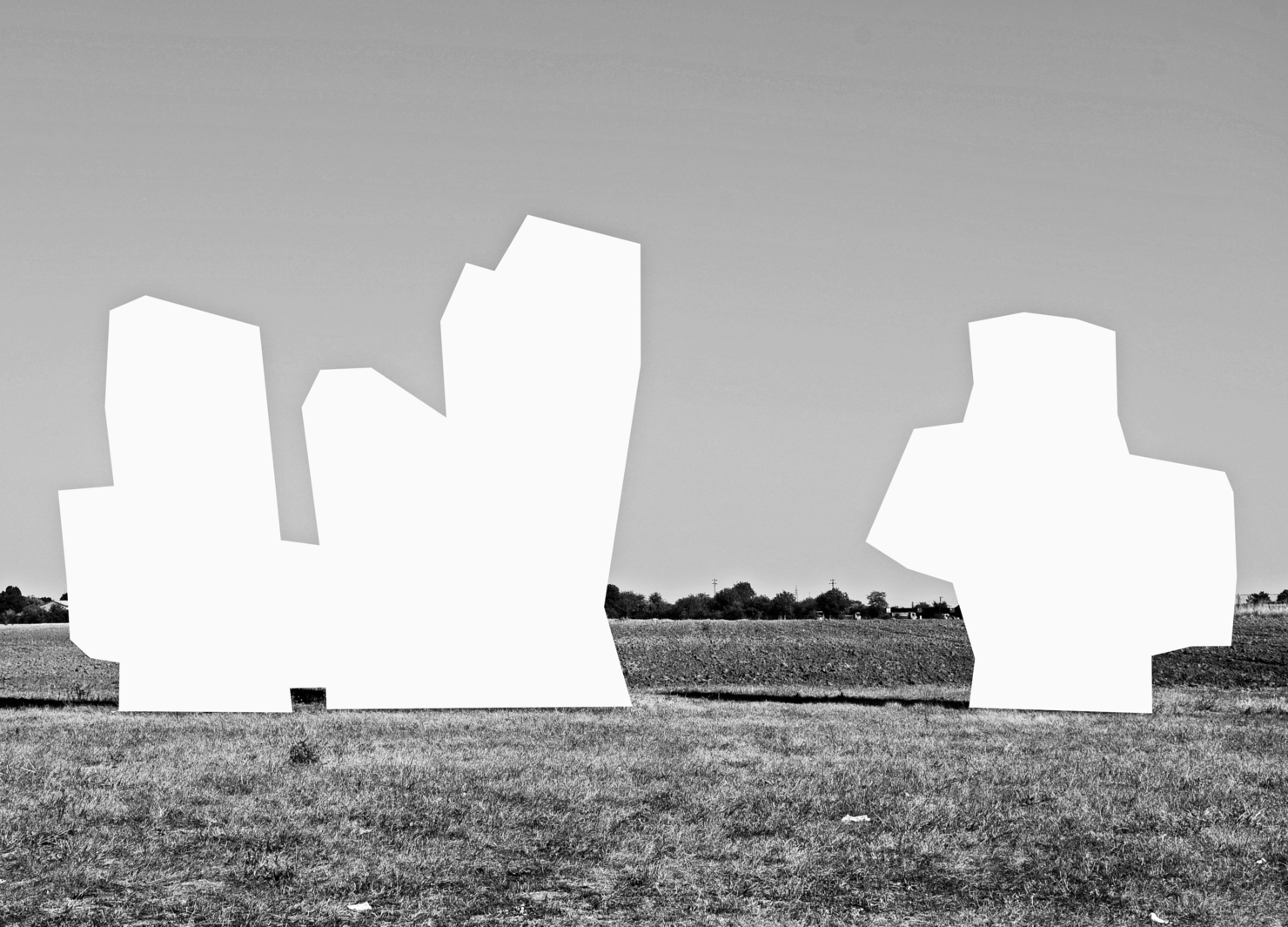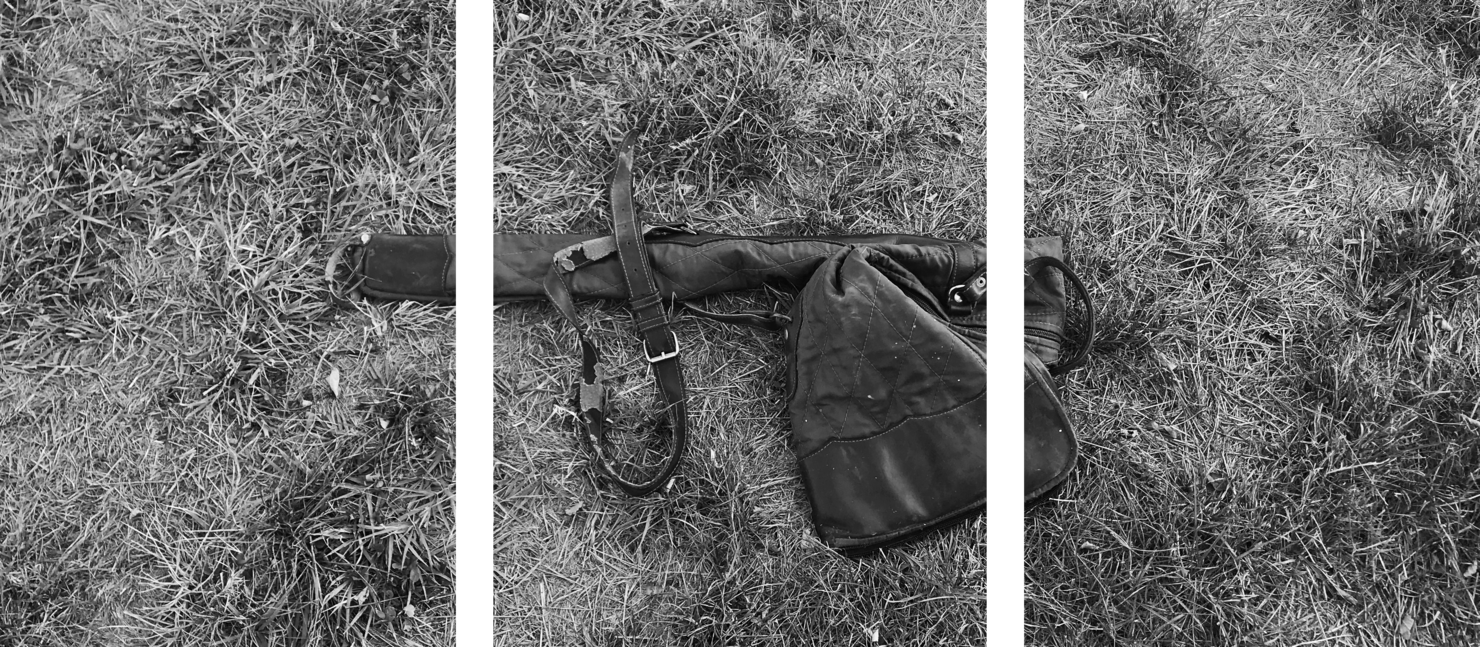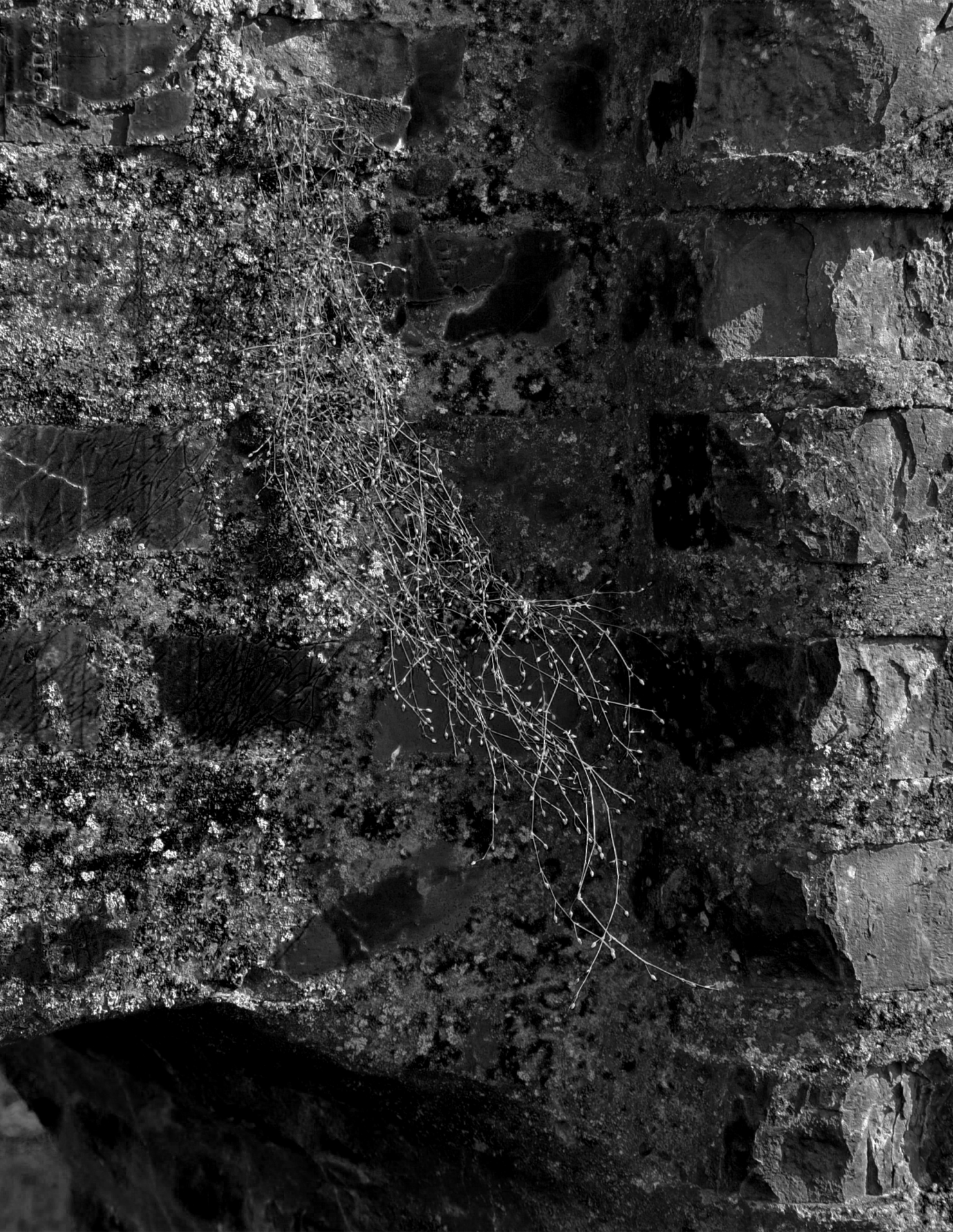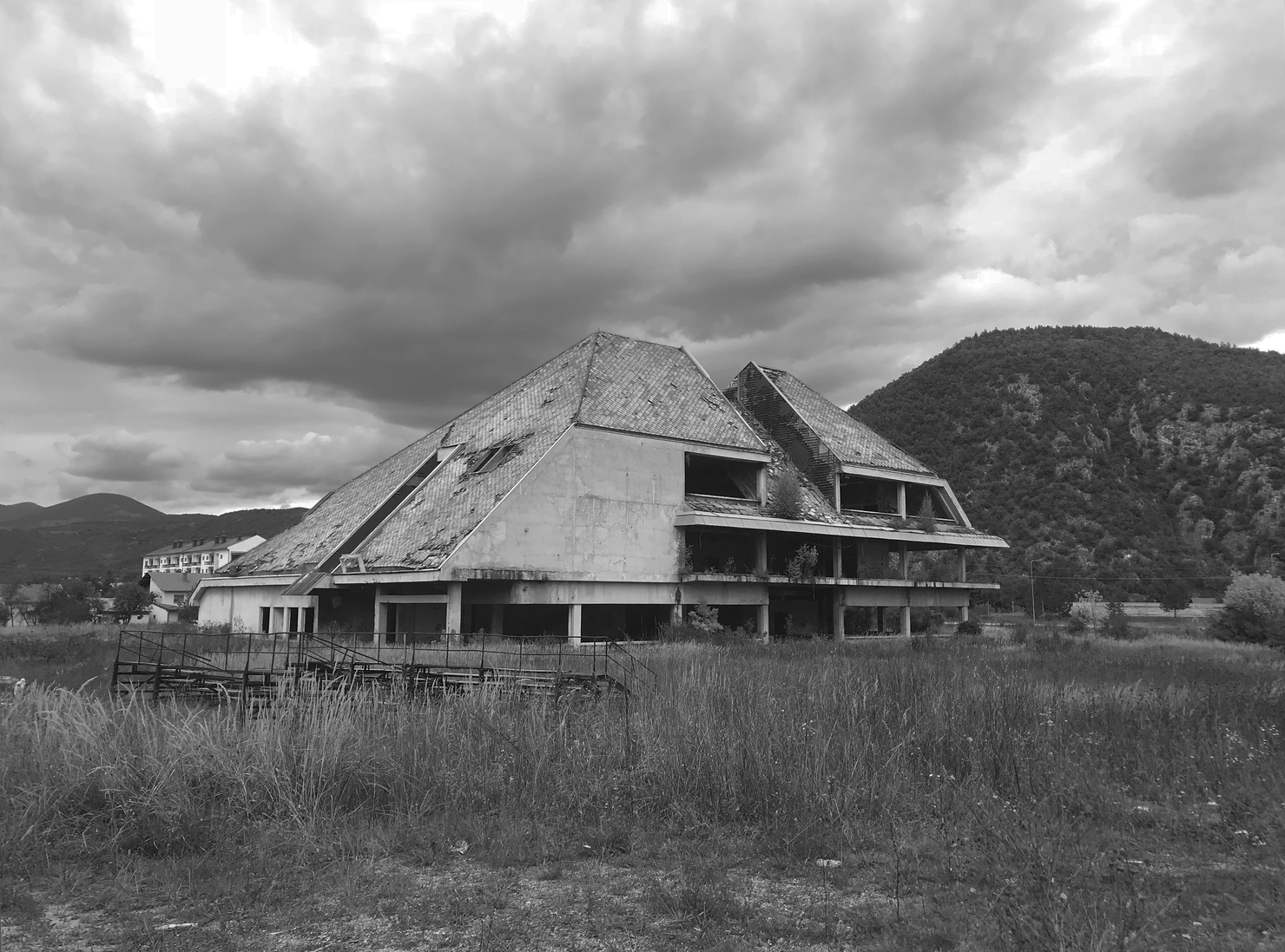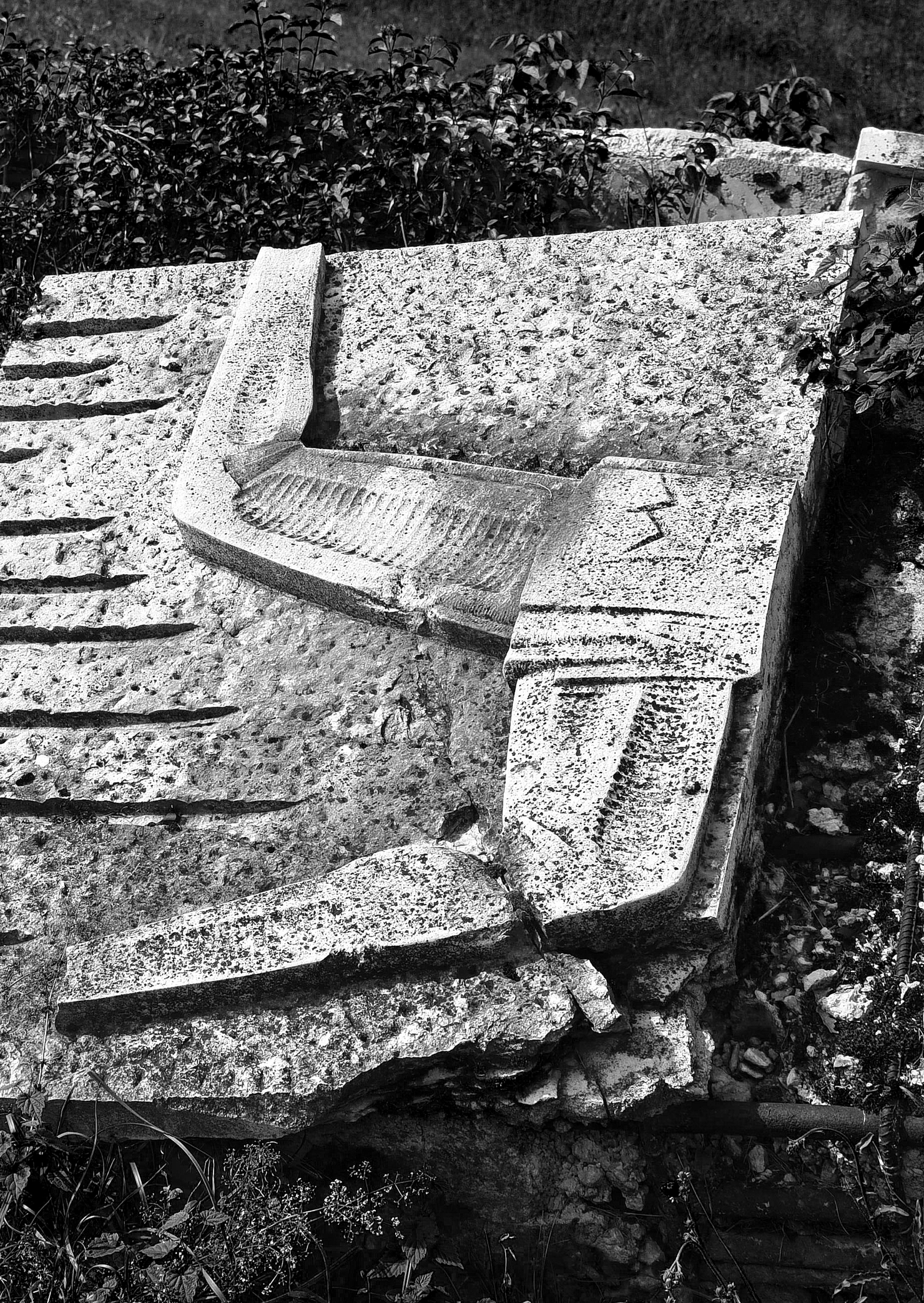A SPECTRAL GEOLOGY is the initial outcome of a continuing investigation into new conceptions of the relationship between sound, memory, historical agency and time. Treating sound as a geological phenomenon creates speculative possibilities for hearing the past in new ways that can act to counter the narrative-based, official tellings of history. Like other geological phenomena, sound can lay dormant, sedimentary and stratified in a site. It can erode, petrify and dissolve. It can be excavated, and with it traces of past agency.
In this first instalment of the project, this paradigmatic approach has been applied to a series of contested sites in the former Yugoslav republics of the Western Balkans. These sites have been variously subjected to material decay, commemoration, forgetting, erasure, destruction and revision. Regardless of any official claims on the sites, they are living, dynamic places, imprinted with renewed agency, both human and non-human, on a daily basis. The work invites the audience to consider these sites as if the sounds of the past always remain audible, regardless of voice. Textual and photographic materials act as prompts for this process whilst simultaneously highlighting the arbitrary nature of many dominant and received readings of sites.
N.B. Best experienced in full screen mode on desktop browser using headphones.
D.A.Calf is a sound and installation artist, musician, field recordist, composer, sound designer, researcher and producer with a particular interest in explorations of memory, serialisation, duration, place, erasure and trace. These themes are explored through sonic cartography, performance, installation, research and archival work.
Contact
Endnotes
i. A Topology of Phantoms
—— Figs 1.3–1.5 (captions): Amelia Barikin, Sound Fossils and Speaking Stones: Towards a Mineral Ontology of Contemporary Art (2017), in C. Braddock (ed.) Animism in Art and Performance.
ii. Mineralisation
—— Figs 2.3–2.4 (captions): Manuel DeLanda, A Thousand Years Of Nonlinear History (2000).
iii. As locus
—— Figs 3.3–3.6 (captions): Daniel Kiš, Garden, Ashes (1965).
iV. Ashes
—— Fig. 4.3 (image): From: Situacija spomeničkog kompleksa in Izgradnja (1980), Vol.1.
V. Dust
—— Fig. 5.4 (caption): W.G. Sebald, The Emigrants (1993).
Vi. Smoke
—— Fig. 6.3 (caption): D.W. Meinig, quoted in: Tim Ingold, The Temporality of the Landscape (1993), in World Archaeology, 25(2).
Vii. Turbulences
—— Figs 7.3–7.6 (captions): Yugoslovenka - Lepa Brena (Diskoton, 1989). Lyrics - M. Mandić, Music - M. Cajić.
iX. One stratum upon another
—— Fig. 9.3 (image): J. Dukić, V. Dukić, M. Marić & I. Zolo (eds), A Little History of Košute (2017).
—— Fig. 9.3 (caption): Walter Benjamin, Theses on the Philosophy of History (1950).
—— Fig. 9.5 (caption): Ibid.
Xii. Null / Totality
—— Fig. 12.5 (image): Normala.ba, Medeno polje, ledina na kojoj Dodik ‘štiti’ svoj narod od migranata. (26 August 2019).
XV. It’s all still here, there
—— Figs 15.3–15.6 (captions): Eduardo Cadava, Words of Light (1997).
XVii. Sediment
—— Figs 17.3 (image): Still from Професорот (The Professor) (2020) Dir. Jordan Dukov.
—— Figs 17.4 (image): www.muzejgevgelija.mk
—— Figs 17.3–17.7 (captions): W.G. Sebald, The Rings of Saturn (1995).
XViii. An index
—— Figs 18.3–18.11 (captions): Borislav Pekić, Houses (1970).
XiX. Erosion contra erasure
—— Figs 19.3–18.6 (captions): Delo.si, Pučnikov moto je bil, čimprej ven iz Jugoslavije (24 October 2020).
XX. Des Aides-memoires
—— Figs 19.3 (image): From the collection of Muzeja krščanstva na Slovenskem (Slovene Museum of Christianity), Stična, Slovenia.
—— Figs 19.3–19.6 (captions): Daša Drndić, Belladonna (2015).
XXii. Sermons for dirty ears
—— Fig. 22.5 (image): www.radionica-arhitekture.hr/memorijal-vodotoranj-2
—— Fig. 22.5 (caption): CroatiaWeek, Vukovar Water Tower – a symbol of Croatian unity undergoes major developments (29 August 2020).
XXiii. Tectonics
—— Figs 23.3–23.5 (images): Stills from Neželjena Baština (Unwanted Heritage) (2016) Dir. Irena Škorić.
—— Figs 23.3–23.5 (captions): Taken from Ibid.
© 2020 D.A.Calf
Design and platform by Kim Nastacha Mumm Hansen & Paul Mylecharane at Public Office.
